The ancient mysteries of Peru
Mitch Meseke [ mess-key ] is an American freelance illustrator and storyboard artist, currently based in Black Mountain N.C. Meseke’s work spans from commercial to fine art, as well as writing, recording music, and photography.
It’s great to have you for this interview, Mitch! Can you start by telling us how your interest in photography began?
I think it all started with my Dad, he owned a Canon AE-1 and had a good eye for photography. I always enjoyed looking at his photos in our family albums as a kid.
I remember him showing me a trick once where he took off the lens of his camera and flipped it around to take a macro shot of a small ceramic caterpillar, explaining how he had to move in and out in order to get it in focus, I thought it was fascinating.
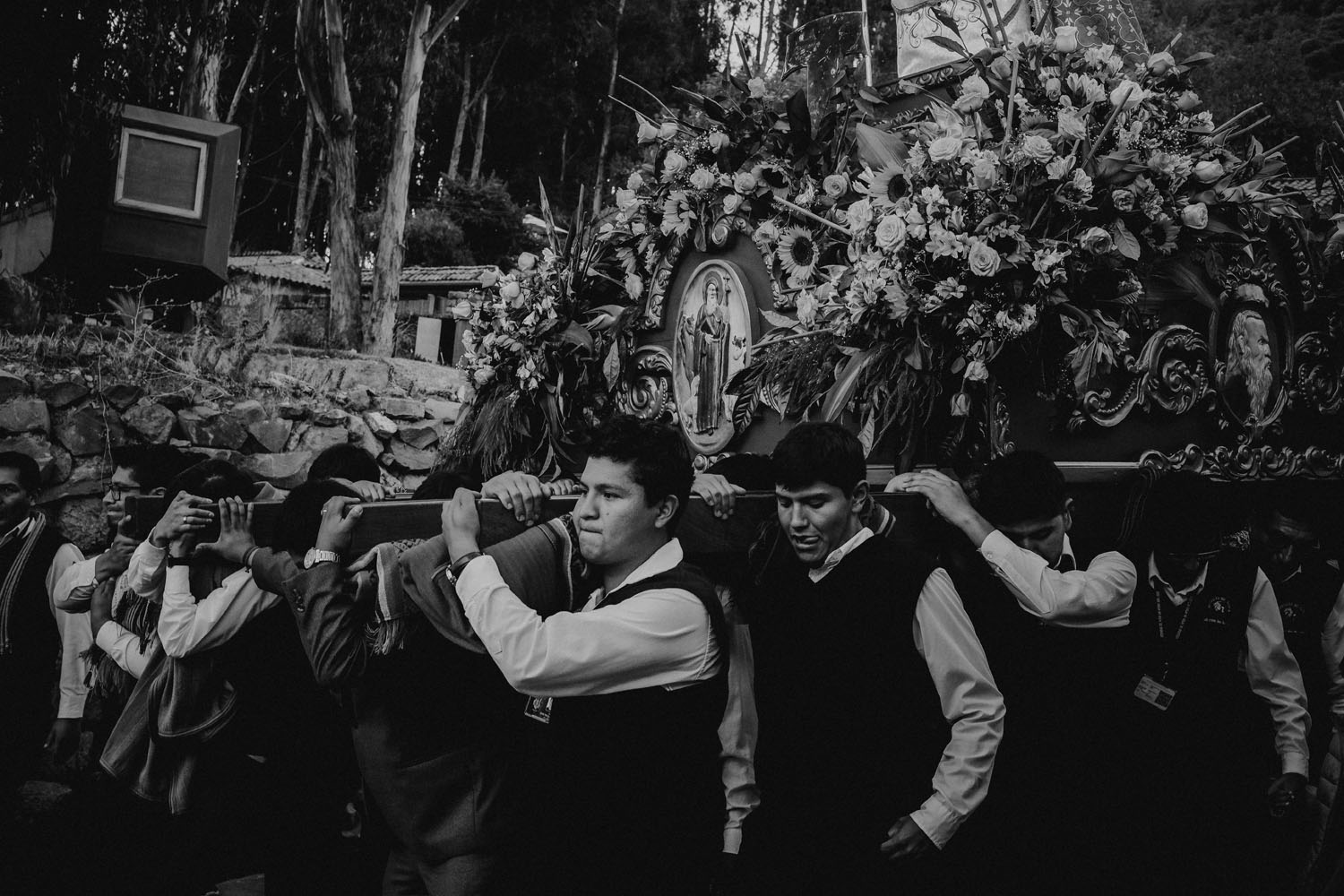
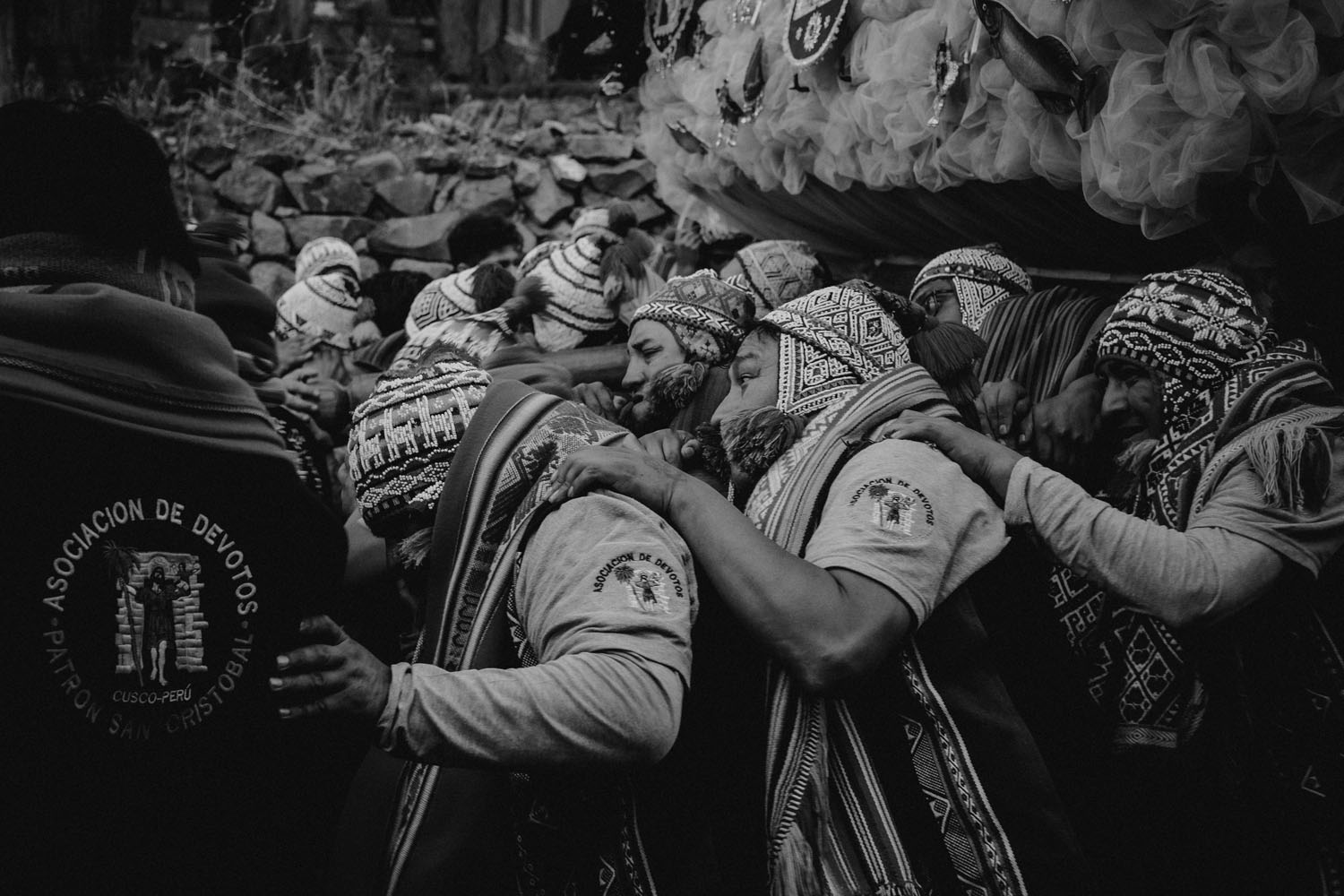
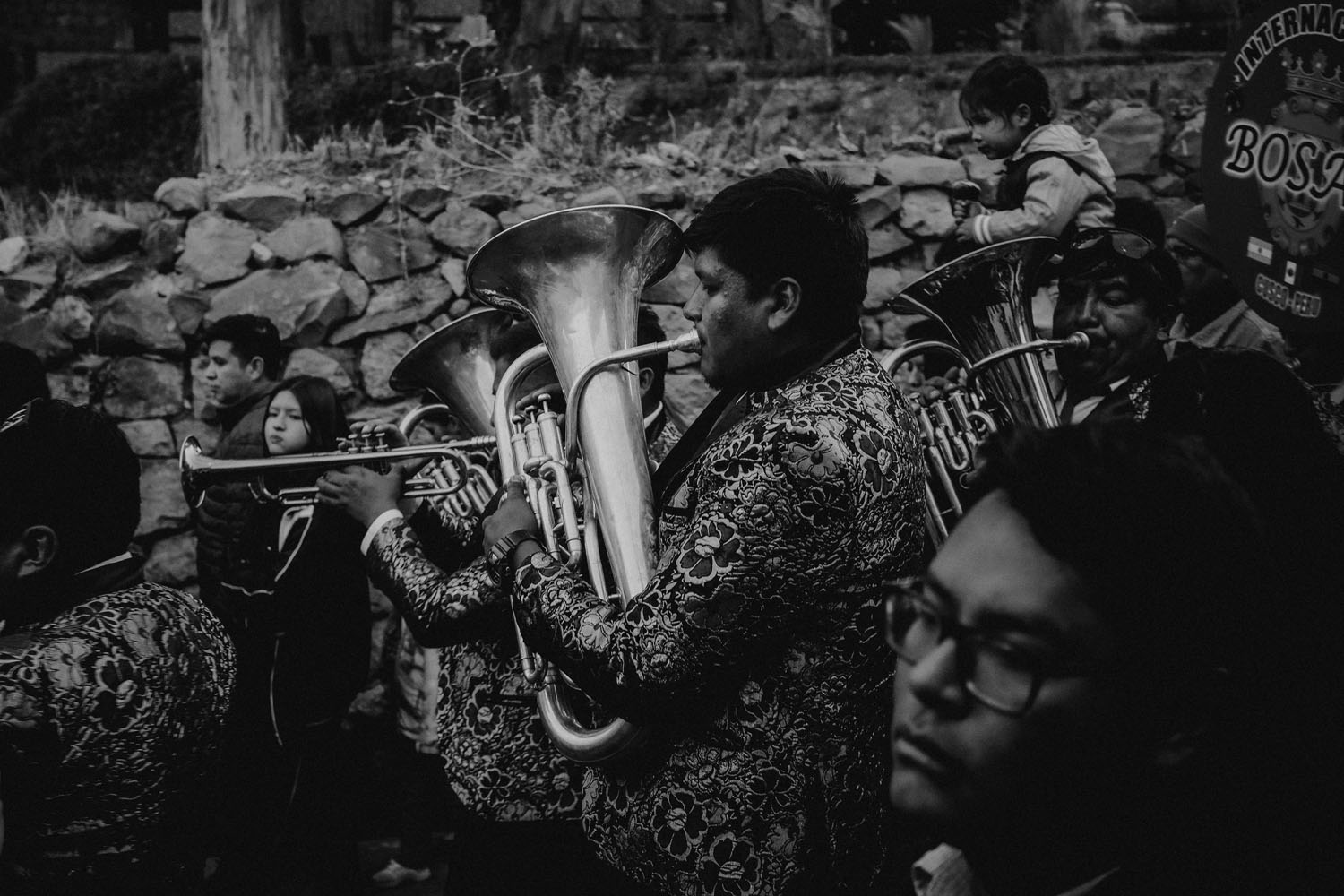
RIGHT: Fuji X-E4 . Fuji XF27mmF2.8 . F/3.6 . 1/105″ . ISO 1600
There was something about the quality of those old photos he took, the sharpness and color tones from the film that really impressed me. Even as a young boy, I knew that photography was an art form, not just a way to capture moments but a way to express your appreciation for the things you find beautiful.
Personally, I wouldn’t consider myself a photographer. I don’t like to think in F stops and shutter speeds or make things super complicated, and I normally don’t shoot in manual mode. I just see myself as an artist and the camera as just another medium for me to work with, no different than any other tool used to create an image, be it a painting or sculpture.
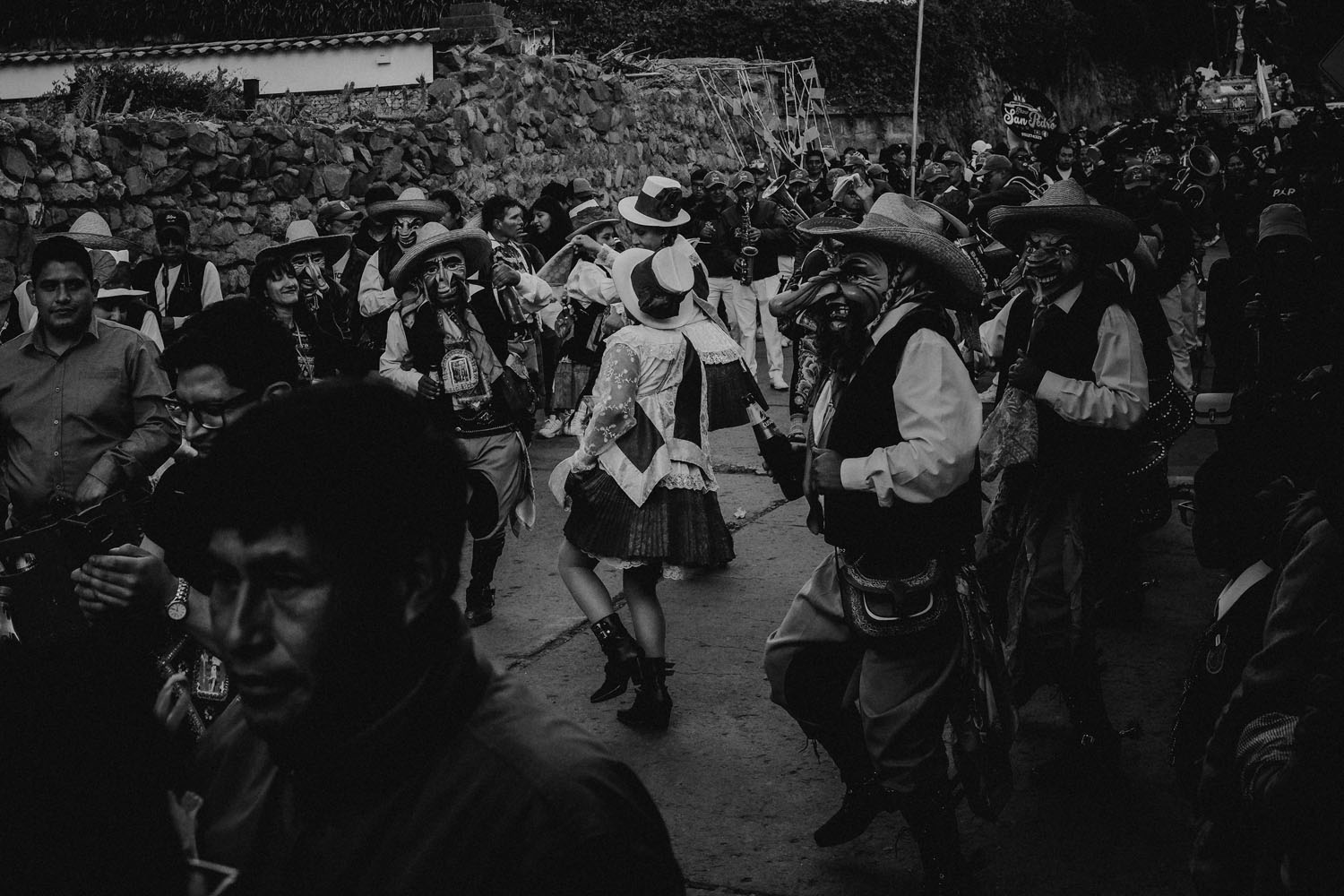
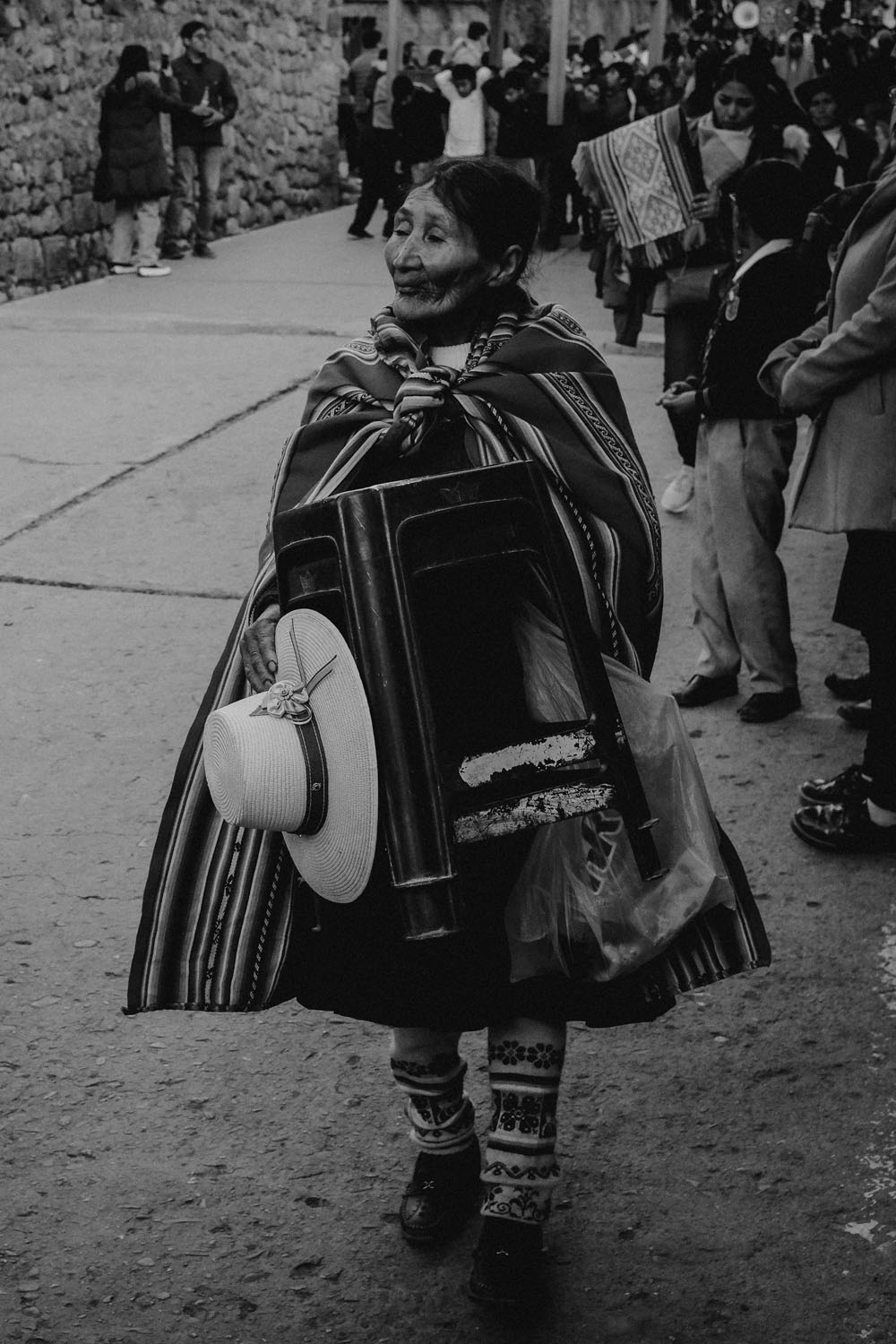
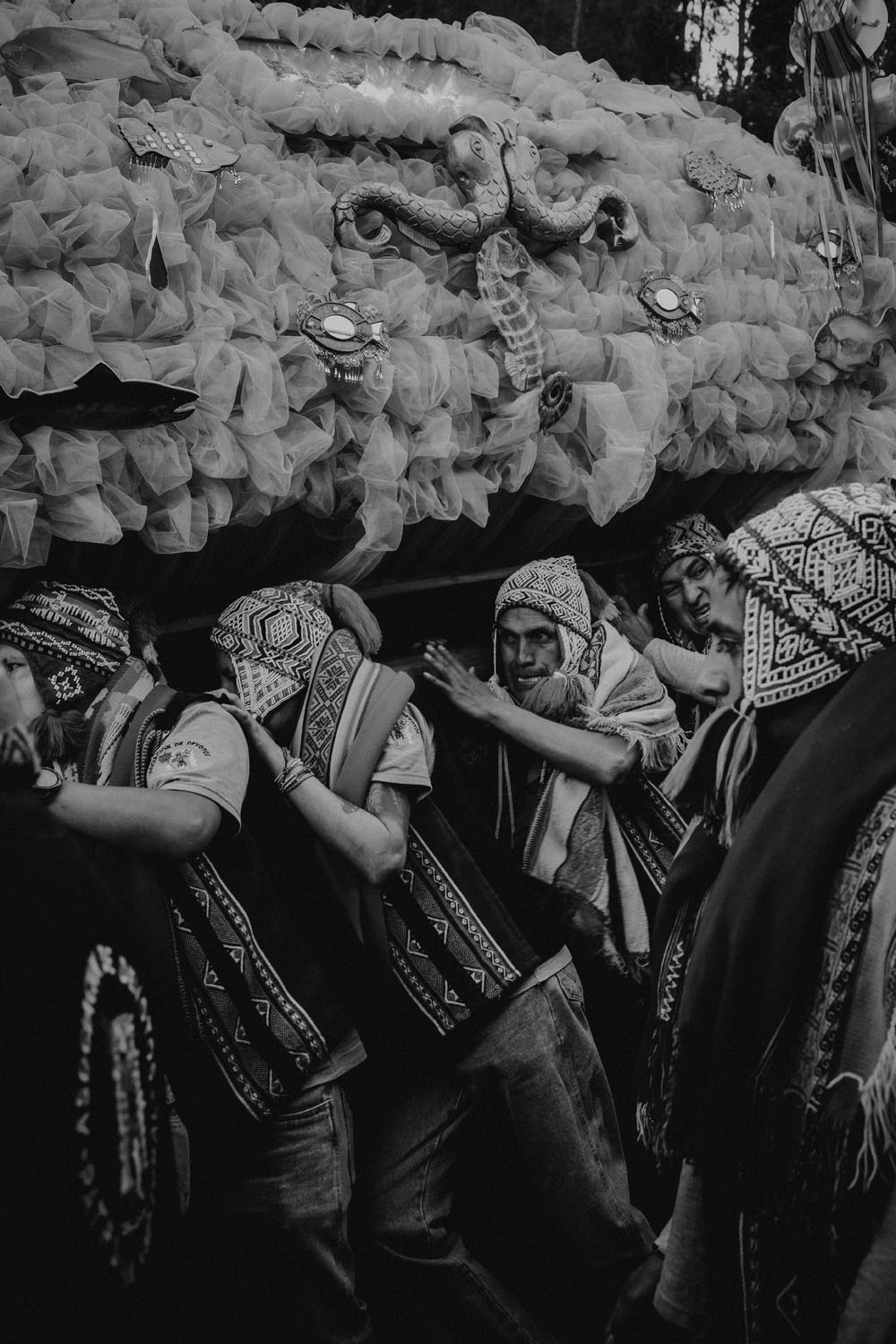
RIGHT: Fuji X-E4 . Fuji XF27mmF2.8 . F/5.0 . 1/160″ . ISO 1600
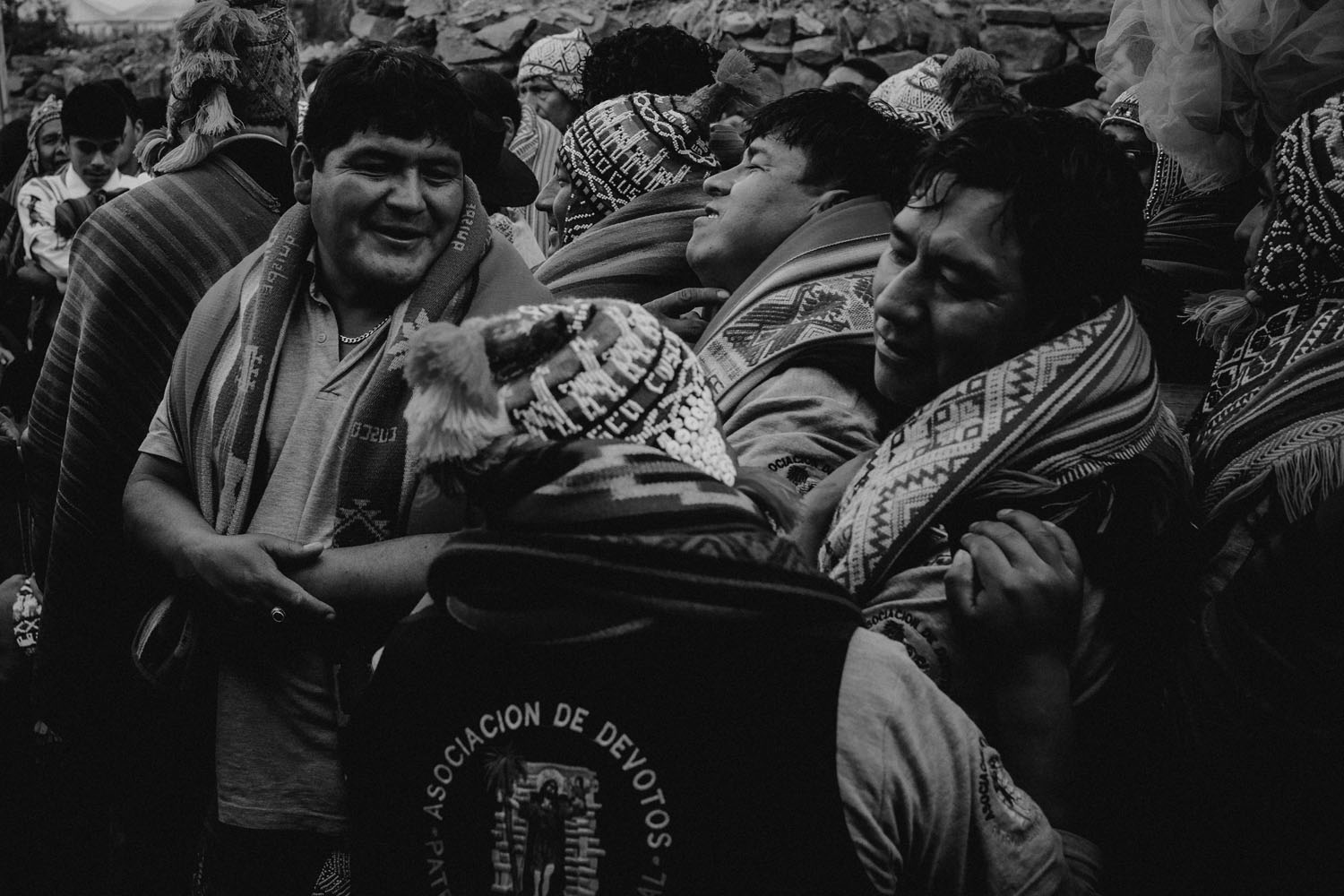
We understand that you have been a Canon user since the beginning of your journey. Did you decide to try Fuji equipment for any particular reason?
I’ve been with Canon from the start and had the PowerShot G12 and EOS 60D before advancing to the full frame EOS 6D with the 24-105mm f/4 L lens that took incredible photos, but it got to be too much to lug around. So a few years back, I sold it and got the Canon RP with 24-105mm kit lens to try and get some of the weight down but still found myself not taking it out as much due to its size. Then I started hearing about the X100V, like most people, and it got me looking into the X series line. Not wanting to make the jump in systems, I still wanted something small with easy dials. I heard Sony’s were good and compact, but the interface seemed too complex for me, and not being someone who needed steady video capabilities, I gravitated towards the more minimal functionality of the X-E4. It wasn’t until I found out about all the film simulations and that the X series took double exposures that I was finally convinced that this was the camera for me.
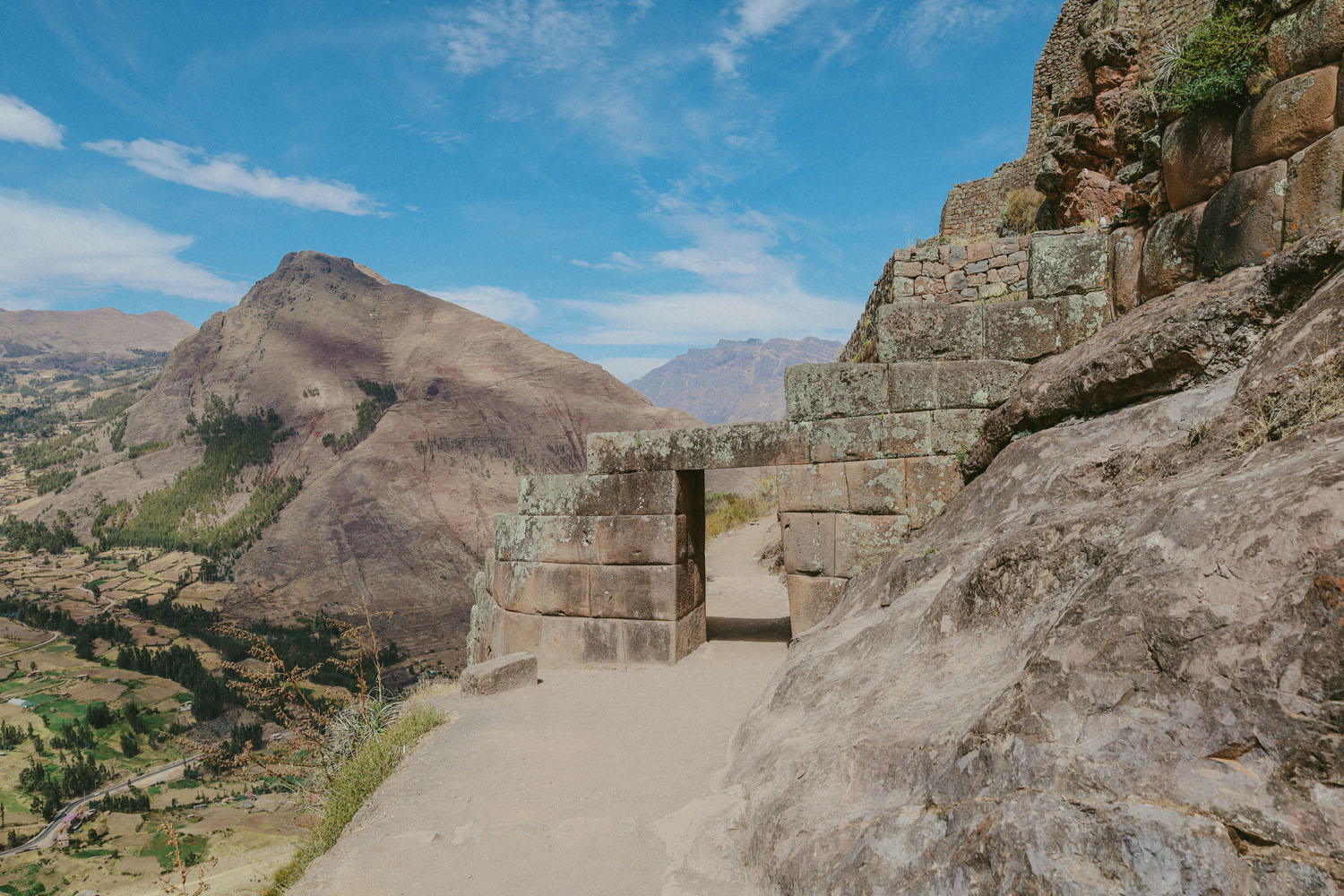
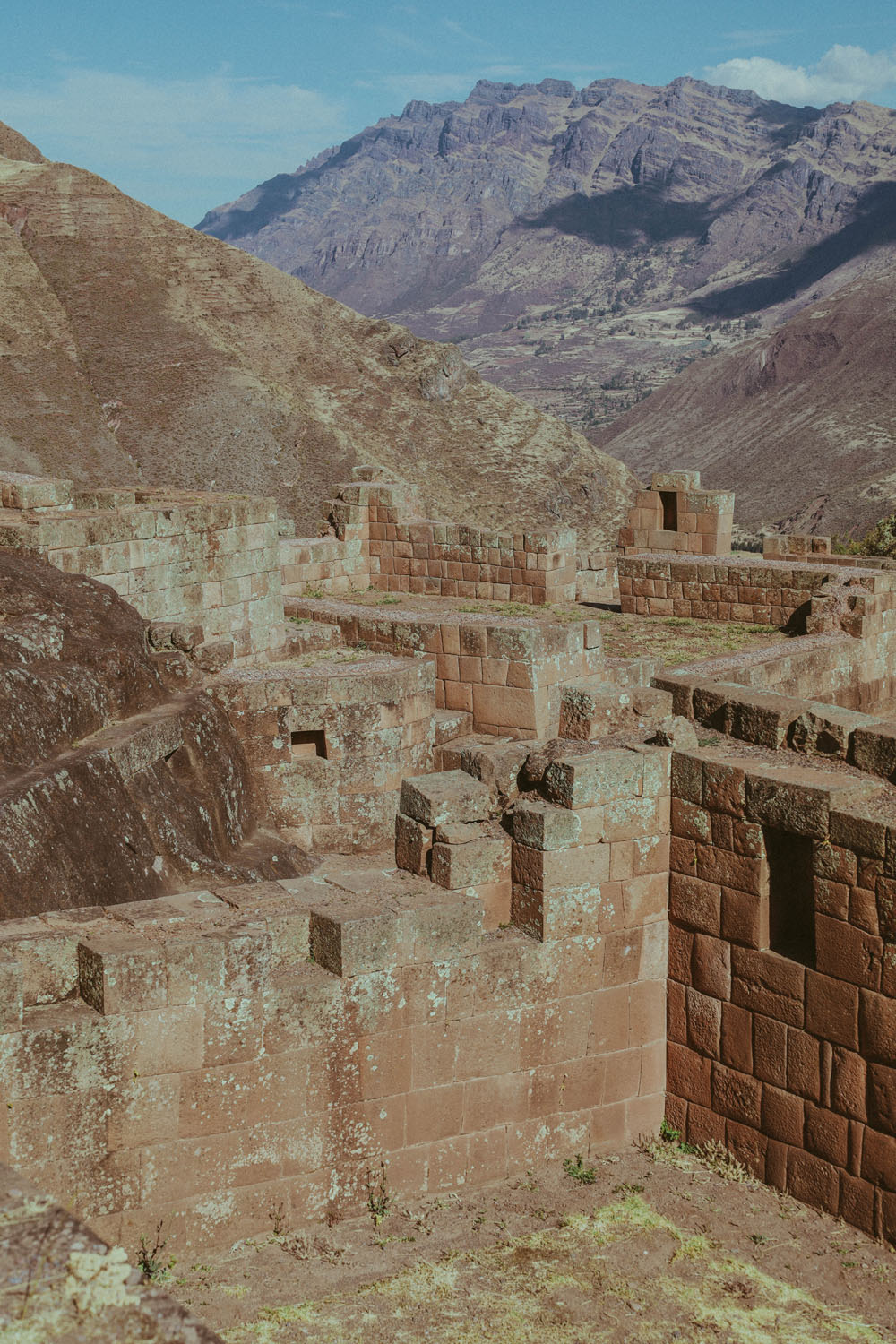
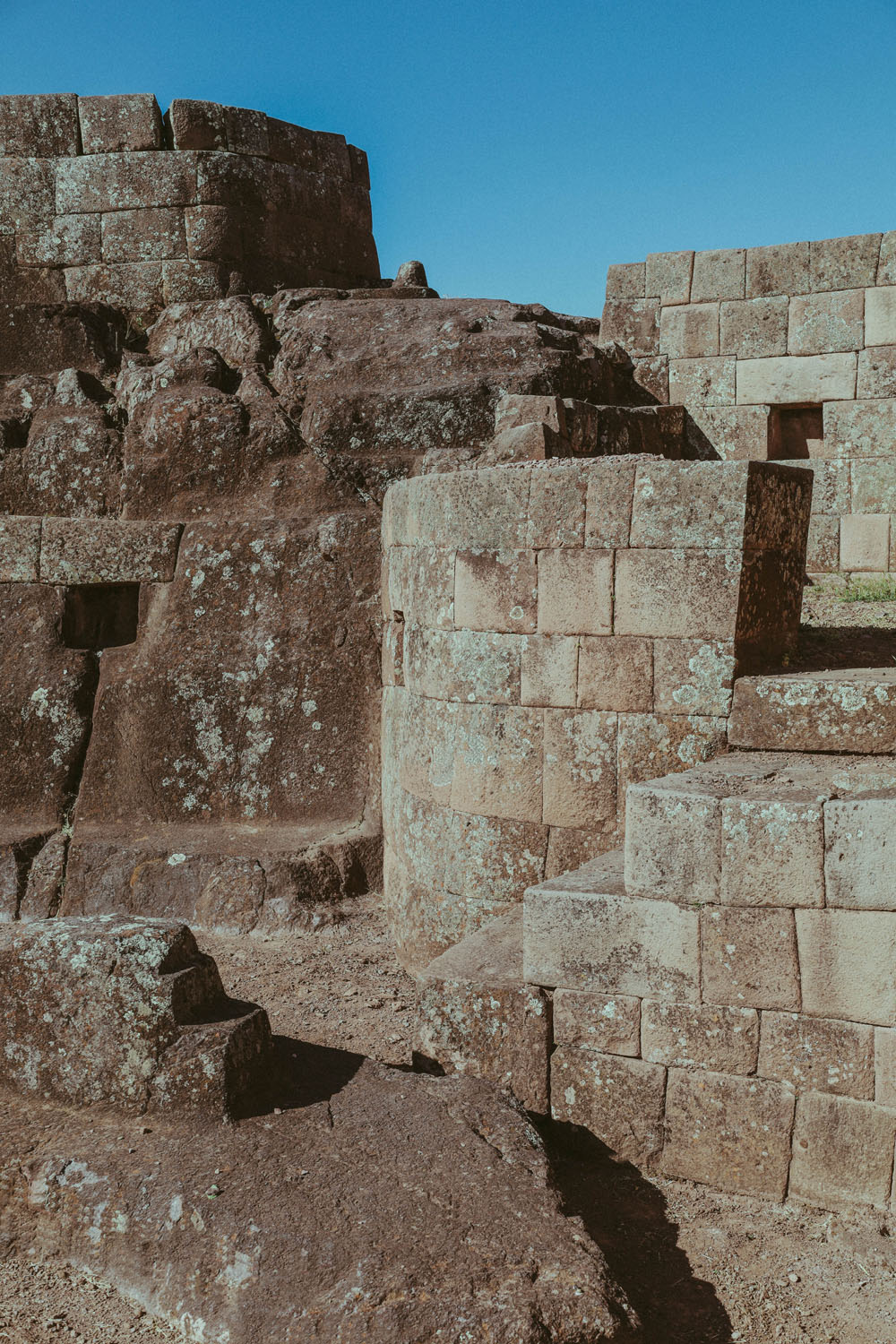
RIGHT: Canon EOS RP . Canon RF24-105mmF4-7.1 @38mm . F/8 . 1/250″ . ISO 100 – Pisac
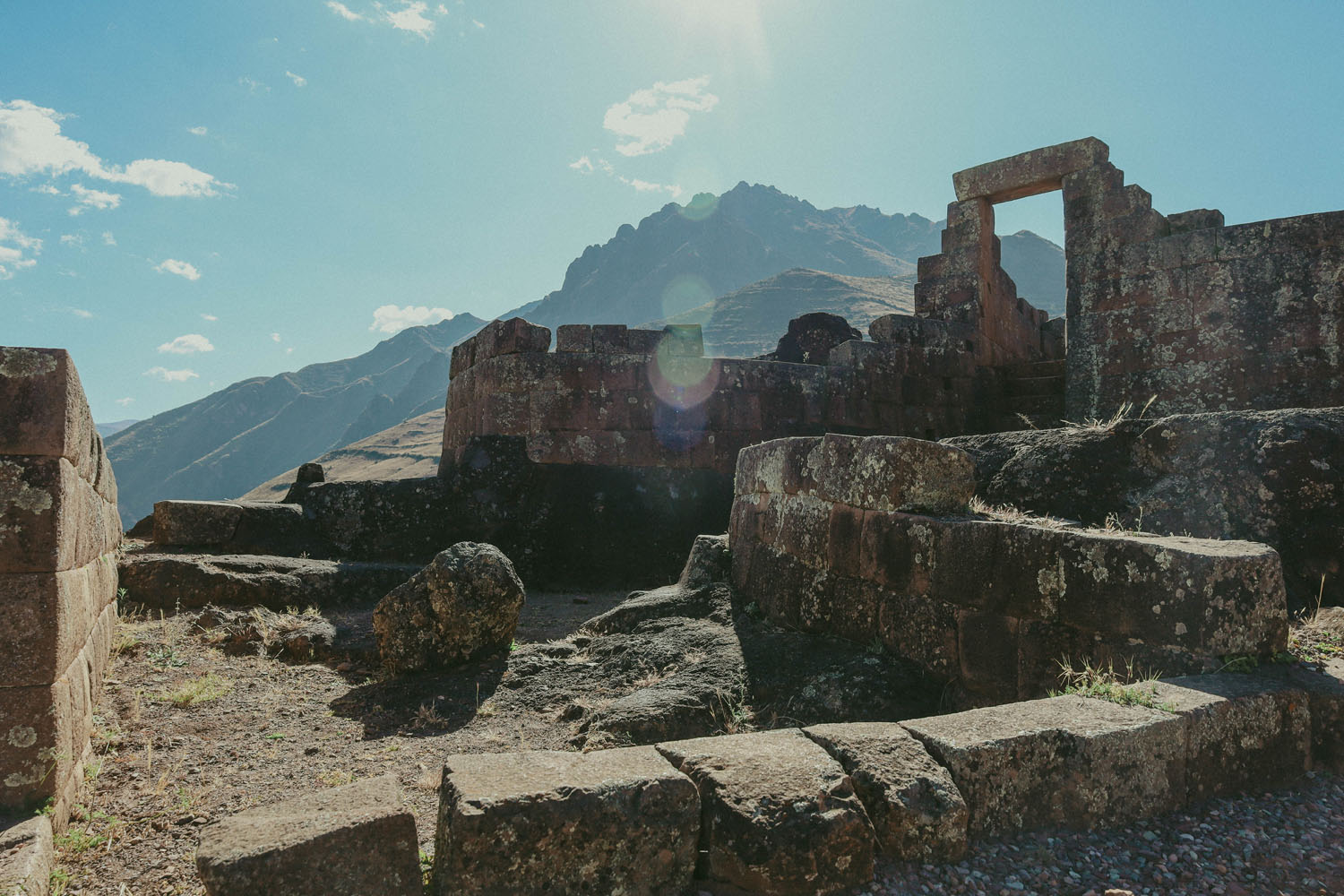
Please share your experience of travelling to Peru, including any highlights such as cities, monuments, or other points of interest.
It’s difficult for me to express all that this place encompasses. From ancient mysteries to lore and legends, I don’t really know where to begin. The locals seem to be filled with unmeasurable kindness and contentment, breathing so much life into this vibrant city.
To get to know Cusco, you really need to stay for more than a day or two, which sadly, on average, is what most people do while on their way to the overpriced and overpraised Machu Picchu. But for those who can carve out more time in Cusco, be sure to step outside of the tourist areas. Here you’ll find the magic of the Peruvian people, their cuisine, culture, and customs are just as equally grand if not grander.
Just outside the cobblestone streets of the city, you’re transported back in time, where rural towns and ancient archaeological complexes still stand. Sites such as Saqsaywaman or lesser-known nearby ruins, like Inkilltambo, Puka Pukara, Tambomachay, and the Temple of the Moon, just to name a few. There, masonry still puzzles the mind today, riddled with strange staircases cut from stone leading nowhere like an M.C. Esher illustration, leaves only the questions of how and why?
Time periods presented by stone stamp out one another from the Pre-Inca megalithic cuts to the vast Inca stonework, blending these two epochs together, leading up to the present day Spanish Colonial Churches that now, unfortunately, sit on top of these once inhabited places. It makes you wonder what celebrations and ceremonies were being held there even earlier before these long-ago structures were built.
The Sacred Valley itself between Cusco and Machu Picchu has special meaning in Inca mythology. The Urubamba River mirrors the Milky Way just as the Nile mirrored the heavens in Ancient Egypt. With monuments aligning with the black clouds of the Milky Way (or dark cloud constellations) seen vividly at high altitudes, large earthworks of animal effigies carved into the mountains depict condors and Llamas only visible from afar. To these ancient people, astronomy and cosmology were a way of life, a way to bridge their worlds and predict the coming of events and to chart out the past, present, and beyond.
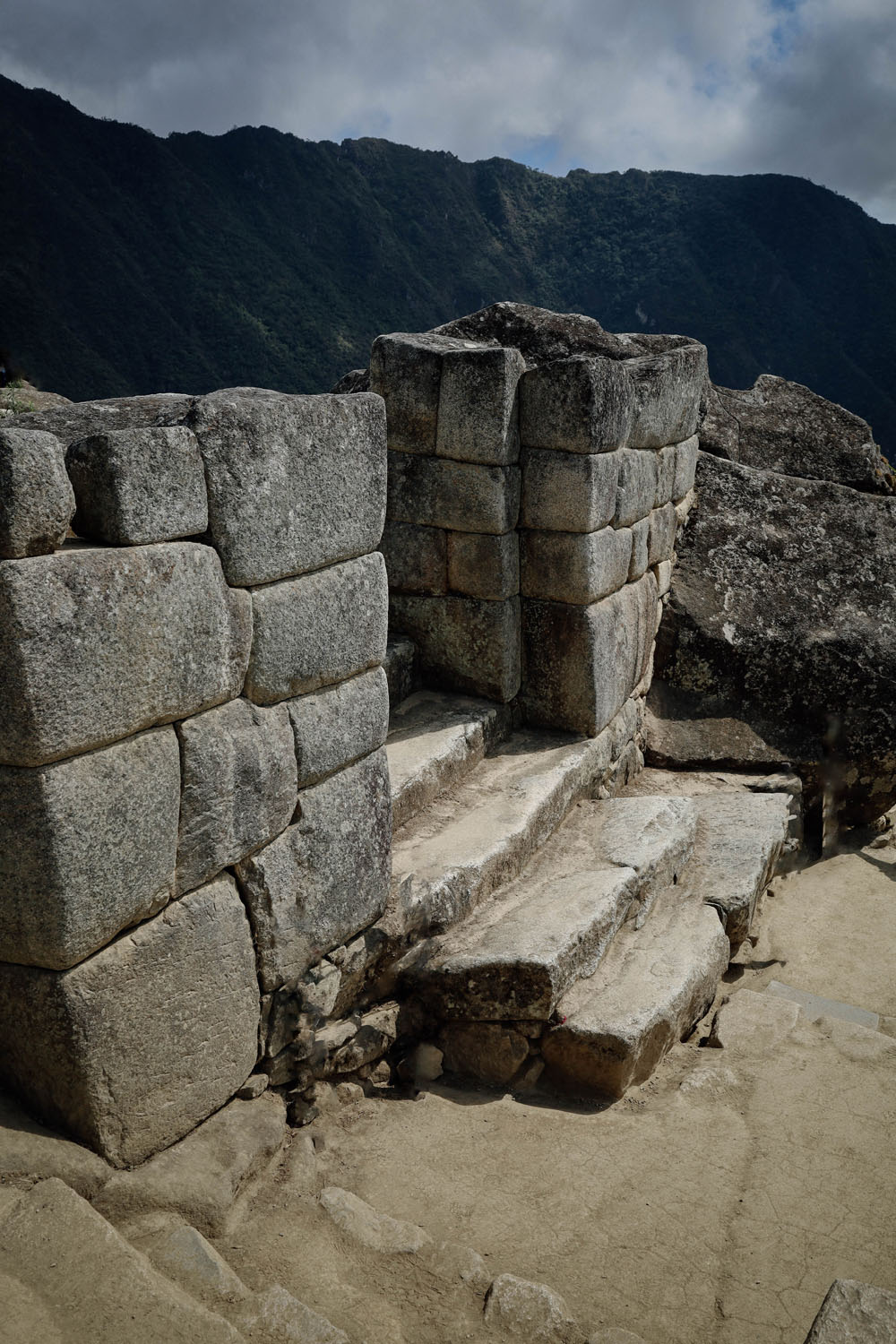
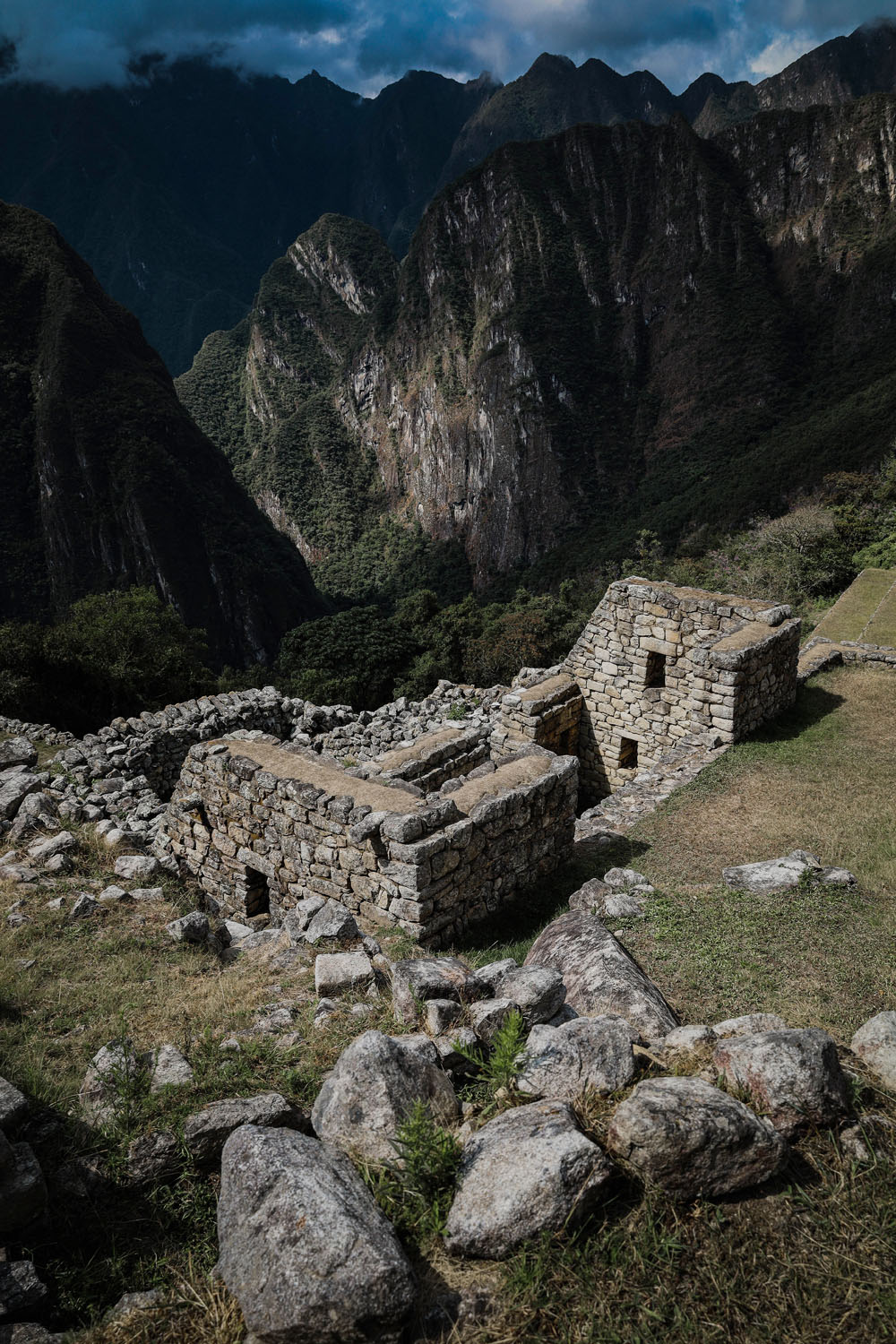
RIGHT: Canon EOS RP . Canon RF24-105mmF4-7.1 @24mm . F/7.1 . 1/200″ . ISO 100 – Machu Picchu
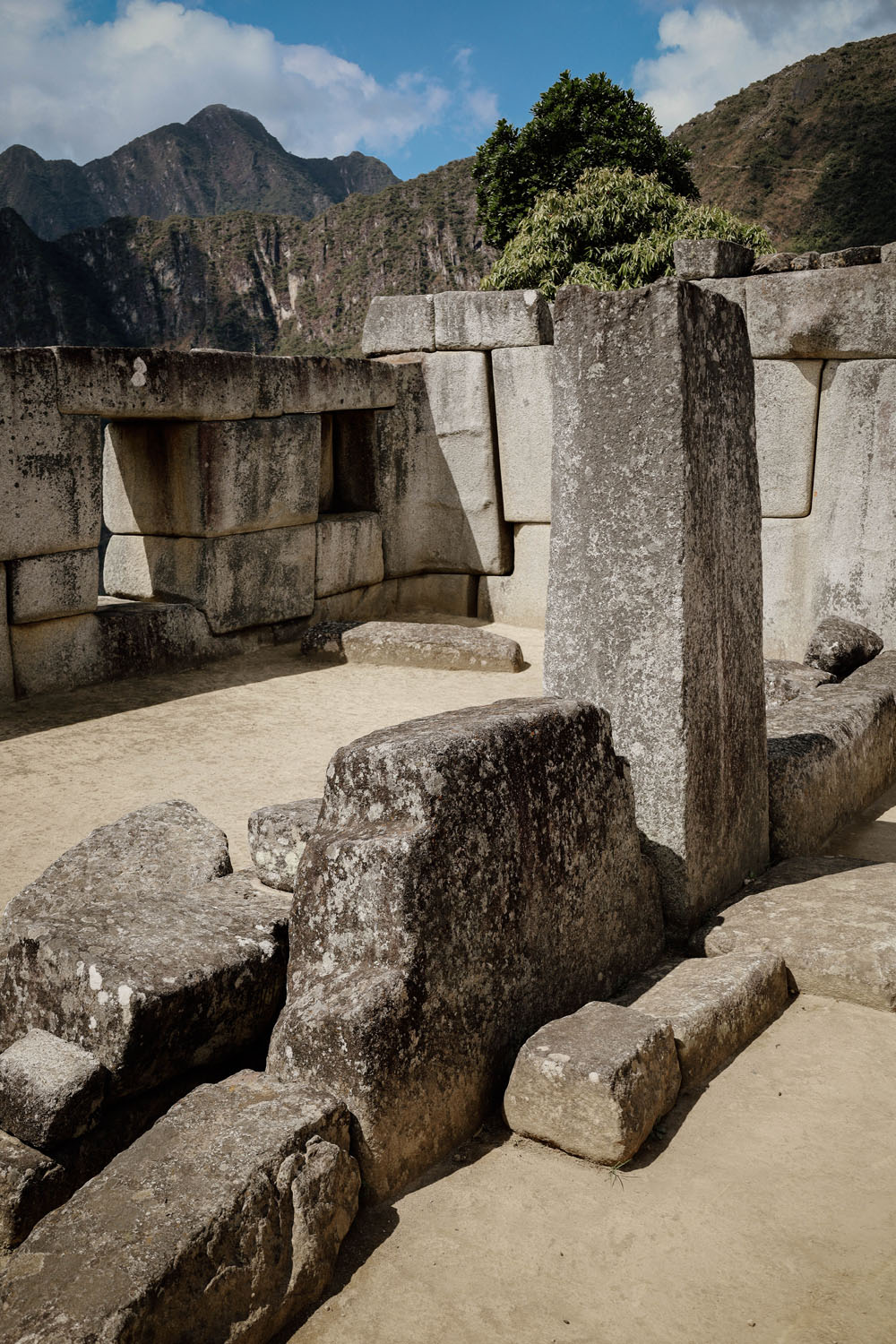
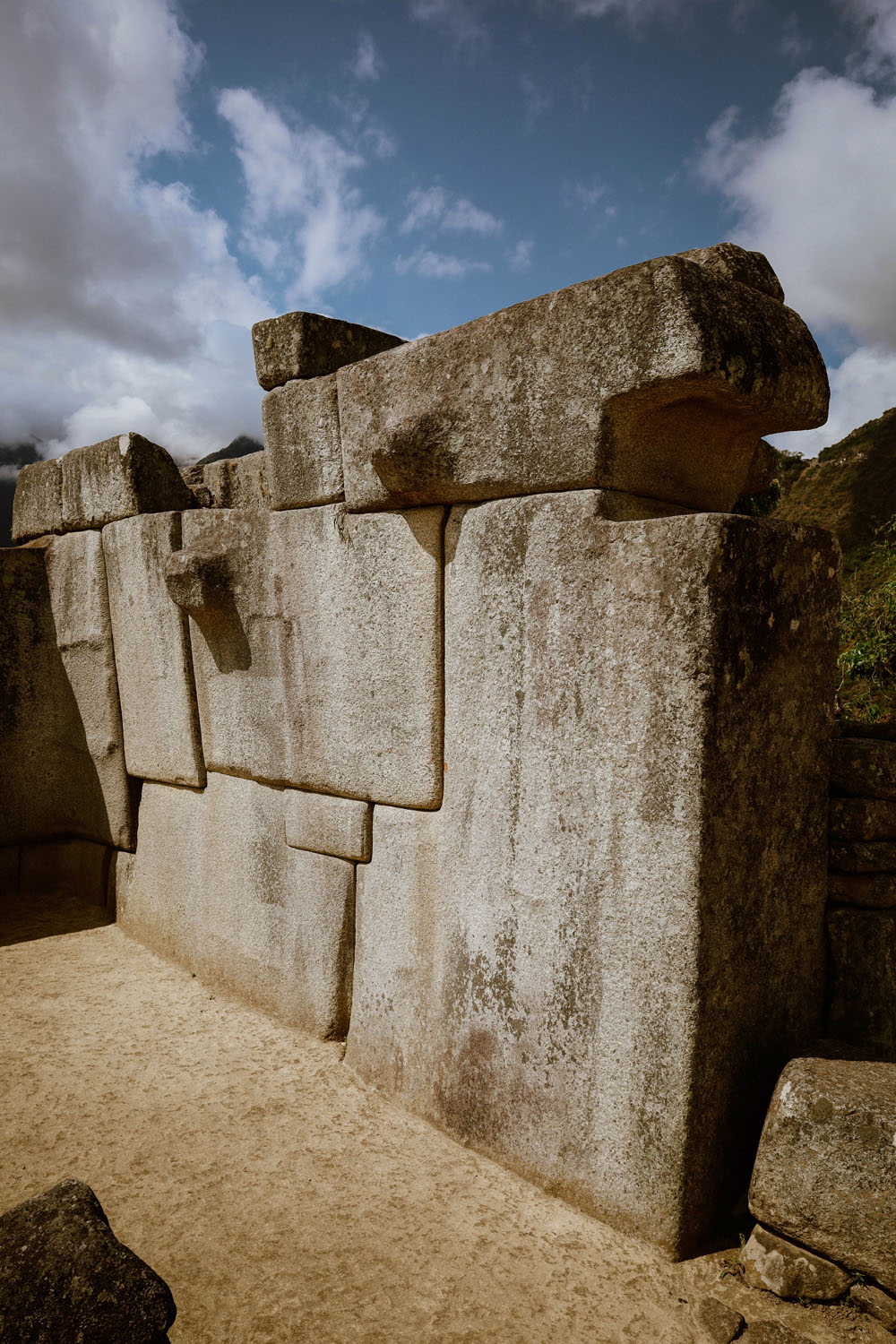
RIGHT: Canon EOS RP . Canon RF24-105mmF4-7.1 @26mm . F/10 . 1/320″ . ISO 100 – Machu Picchu
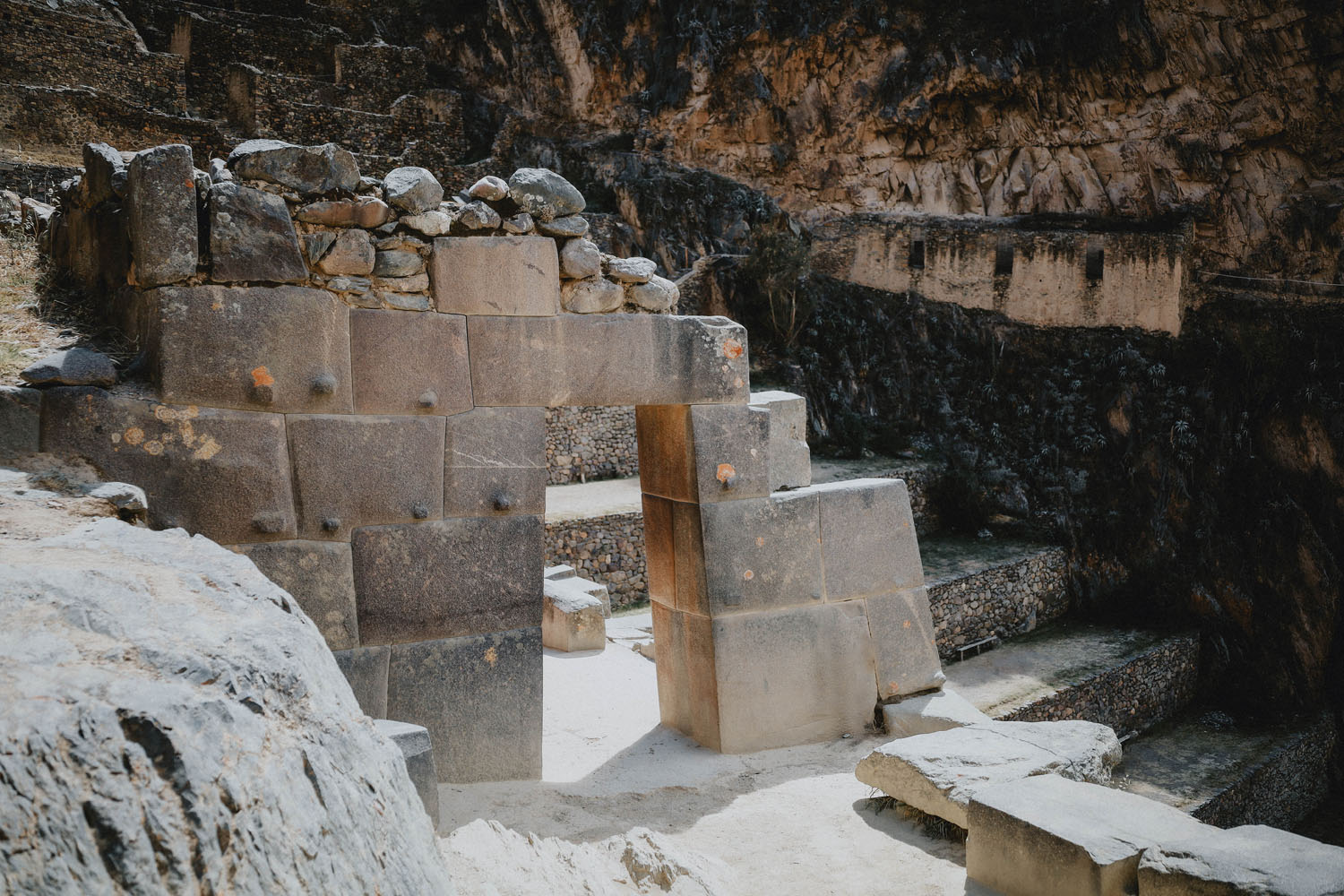
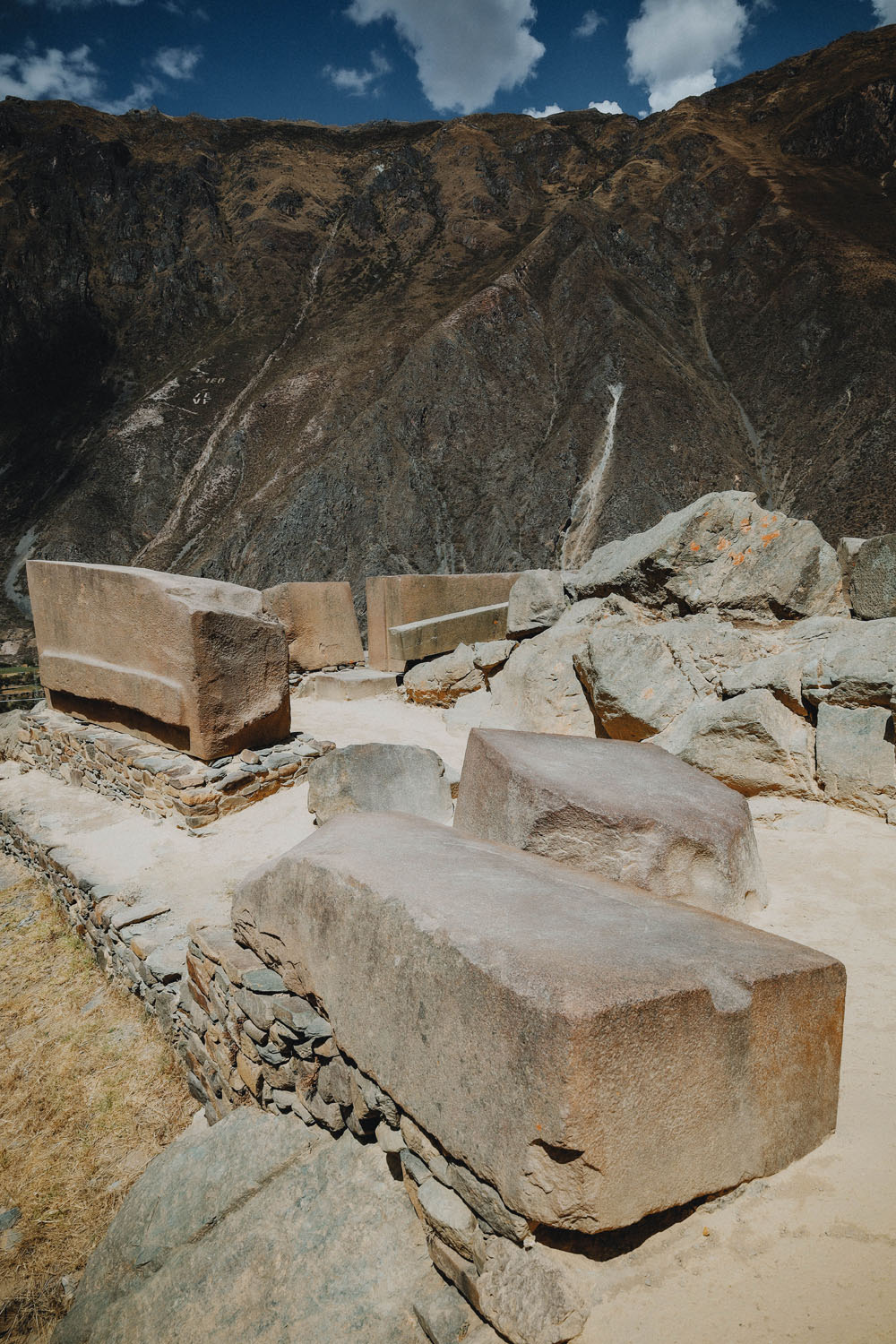
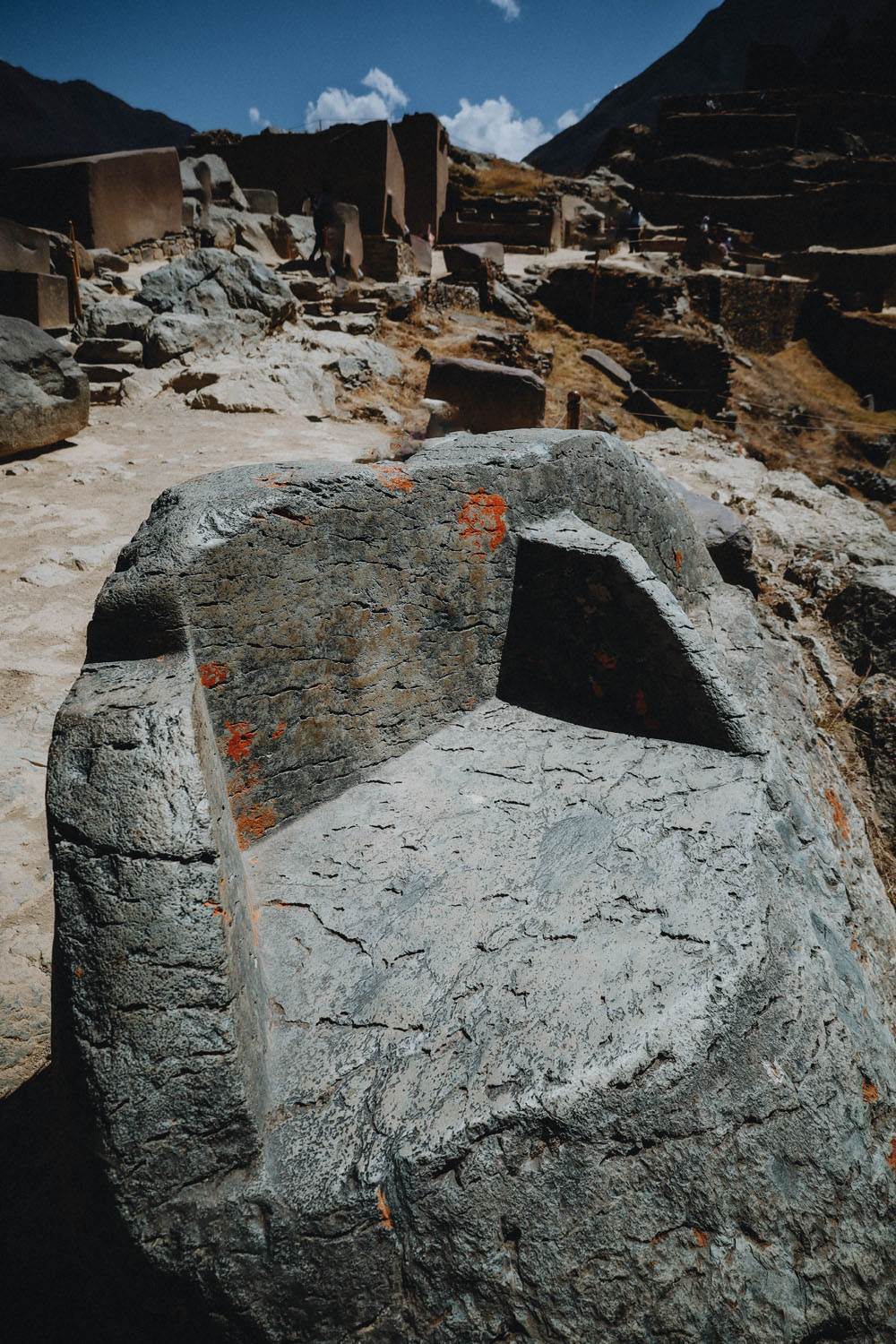
RIGHT: Canon EOS RP . Canon RF24-105mmF4-7.1 @24mm . F/5.6 . 1/1000″ . ISO 100 – Ollantaytambo
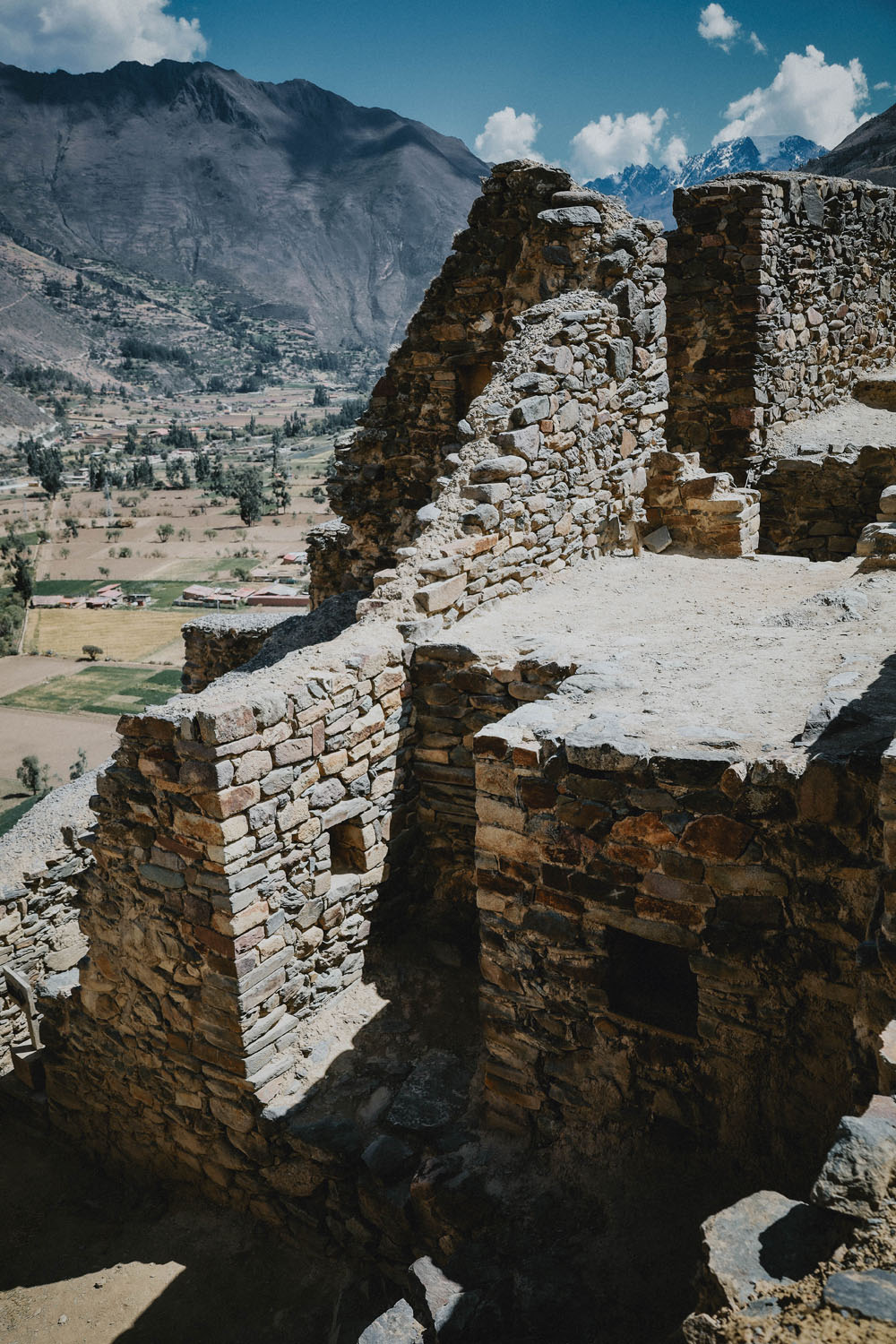
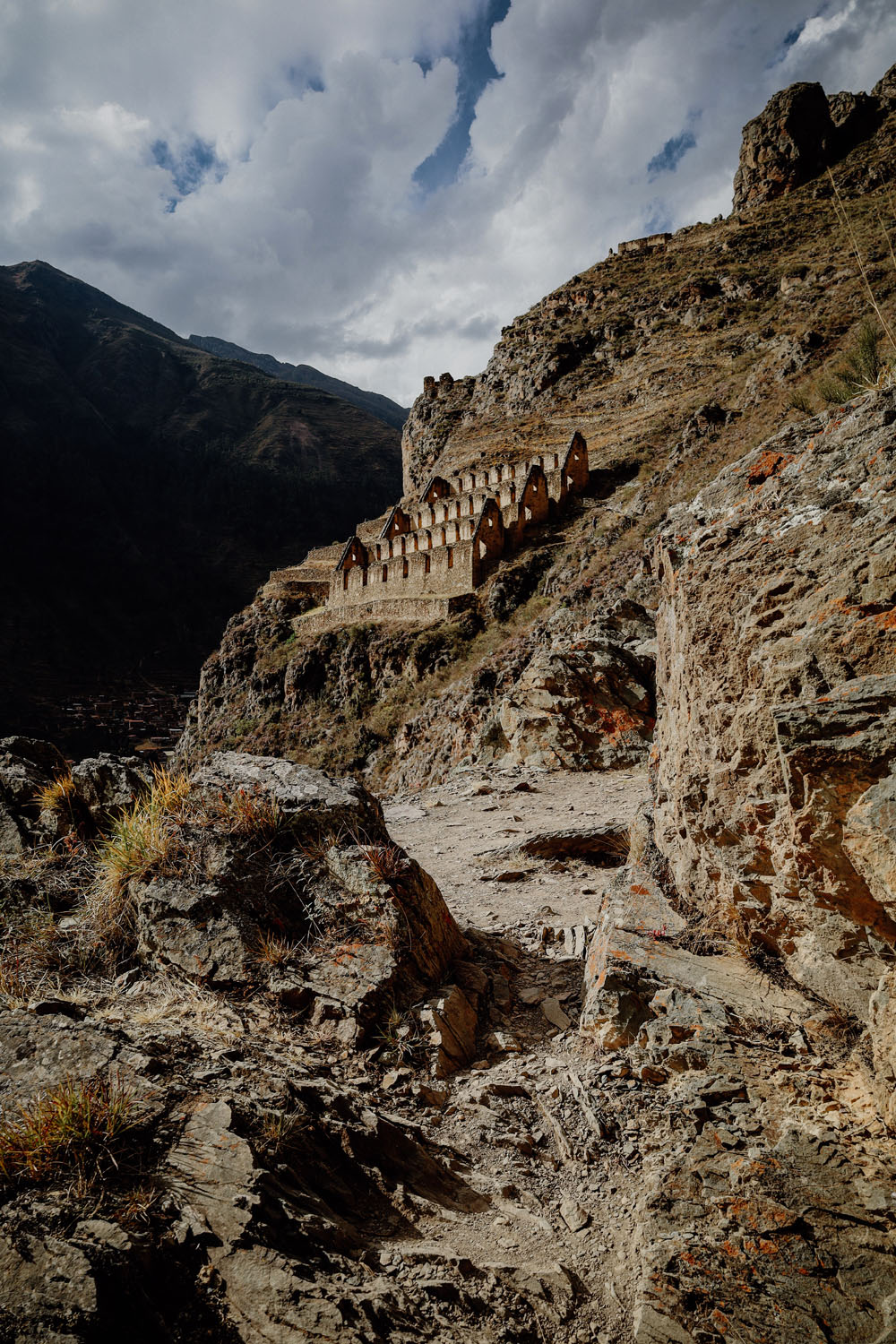
RIGHT: Canon EOS RP . Canon RF24-105mmF4-7.1 @24mm . F/8 . 1/250″ . ISO 100 – Ollantaytambo
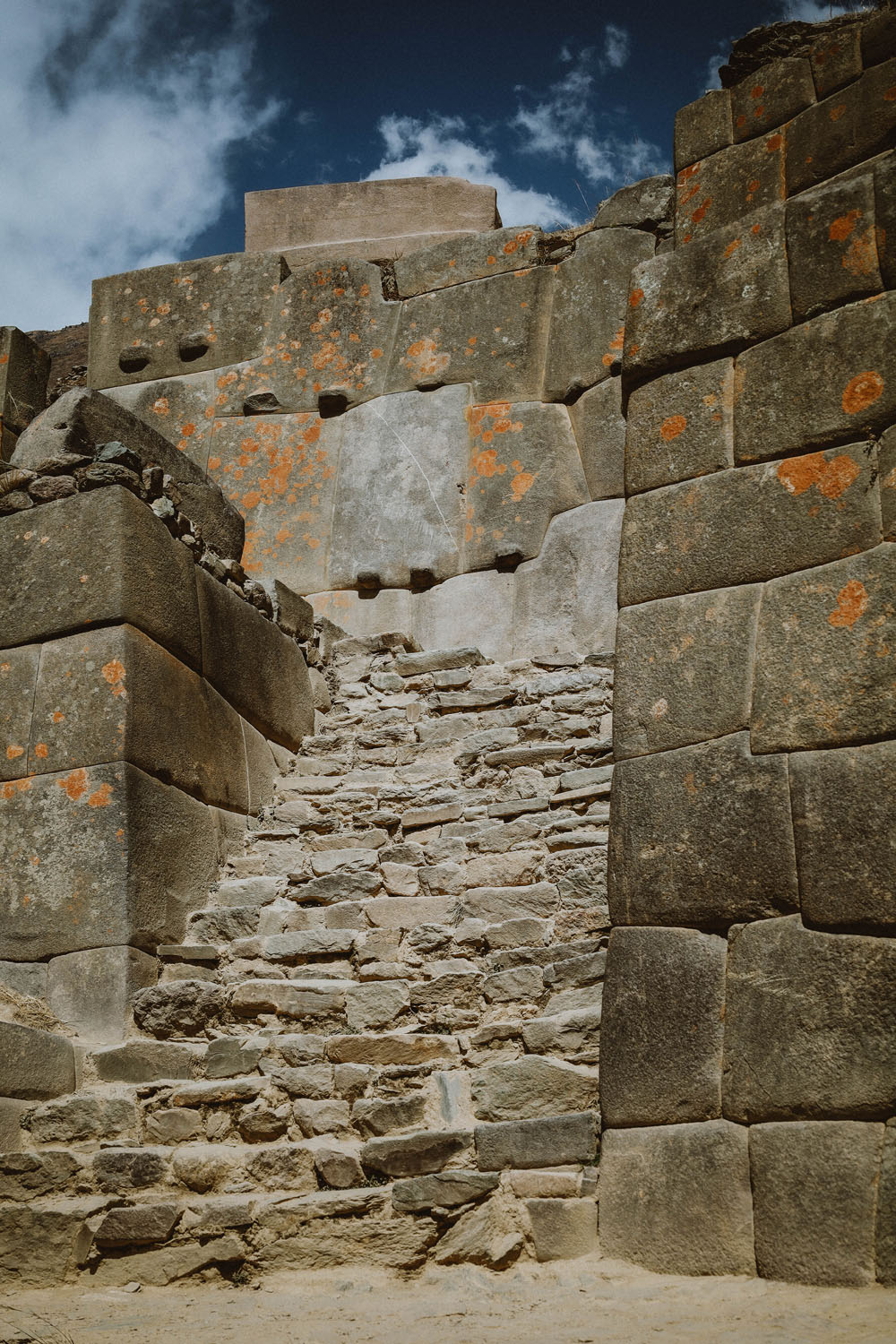
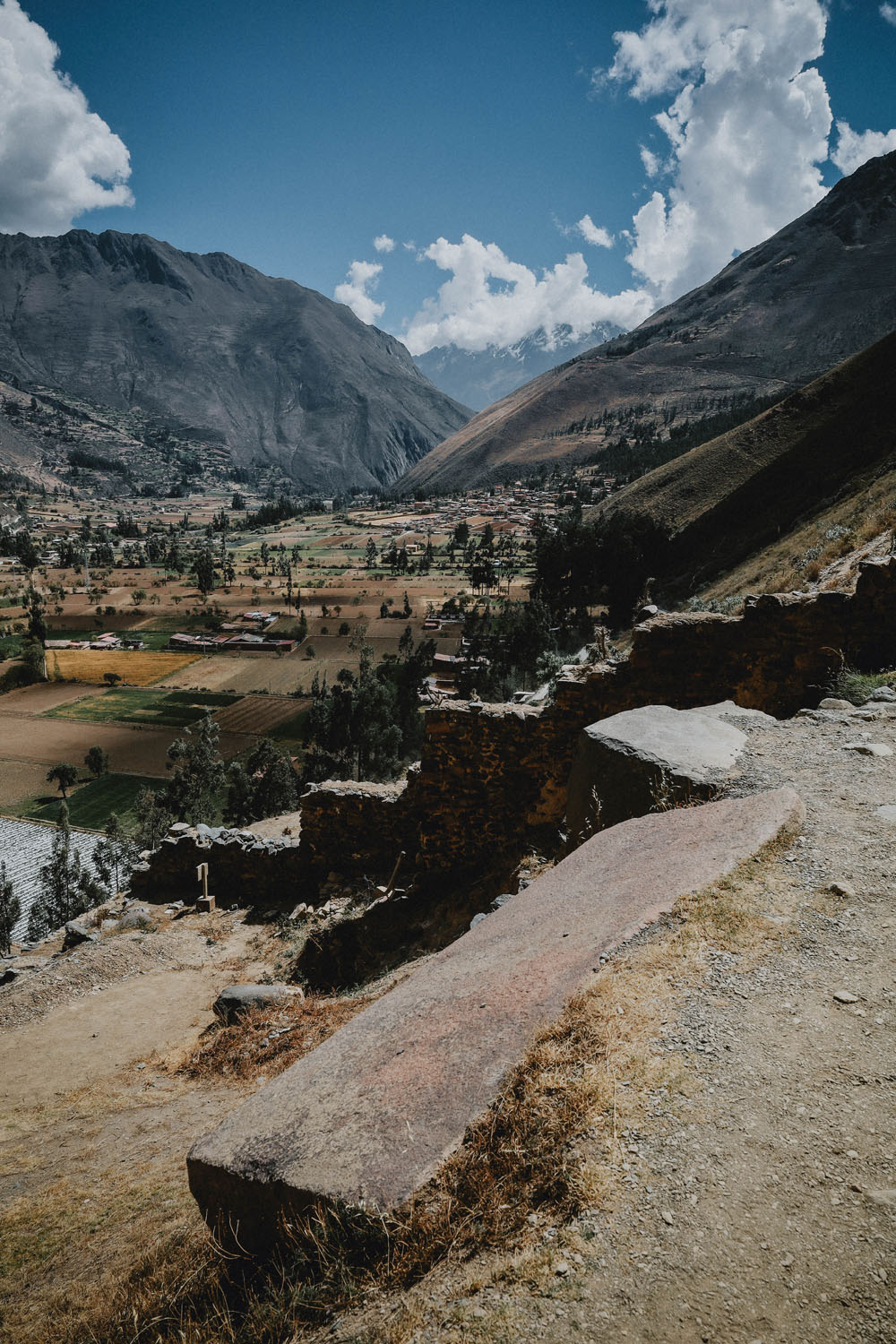
RIGHT: Canon EOS RP . Canon RF24-105mmF4-7.1 @27mm . F/9 . 1/320″ . ISO 100 – Ollantaytambo
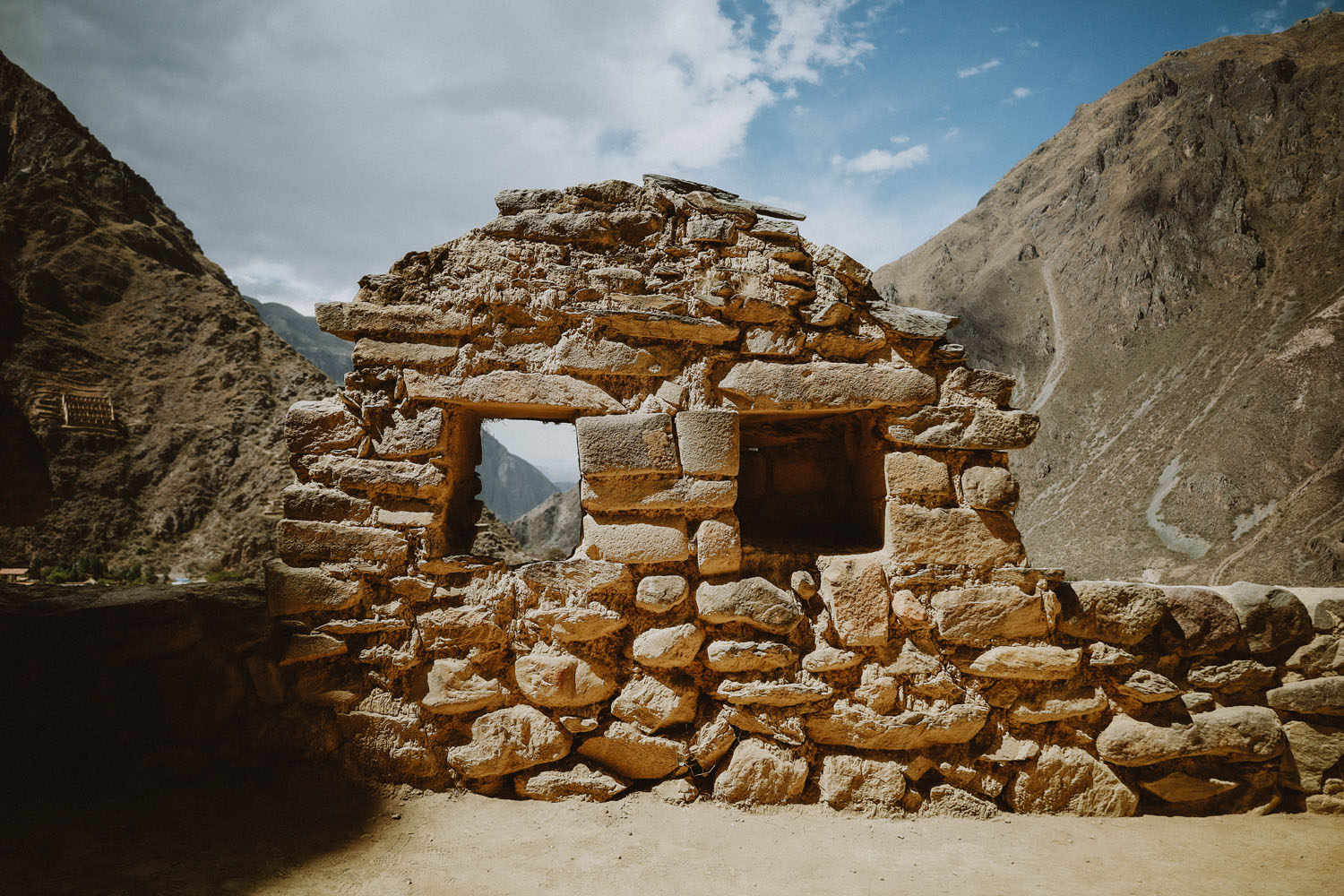
When travelling, what items do you usually carry in your camera bag? Also, which camera and lenses did you bring to Peru?
While in Peru I shot with both the Canon RP with 24-105mm kit lens and my recently purchased Fujifilm X-E4 with the Fujifilm XF 27mm f/2.8 lens over the course of 37 days. But typically when traveling or on walkabouts I like to keep things down to a bare minimum. I don’t want to have to go between lenses or carry anything extra other than a battery or two.
On this trip, I found myself using the Fujifilm X-E4 as my everyday point-and-shoot and only took the RP out when I would go to more open scenic places where there would be more need for a zoom.
How did the X-E4 behave in this context? Can you share its advantages and disadvantages as a travel camera?
It worked wonderfully as a travel camera, probably didn’t even need to bring the RP. I found it very easy to achieve the images I was after and extra snappy and discreet when taking street shots.
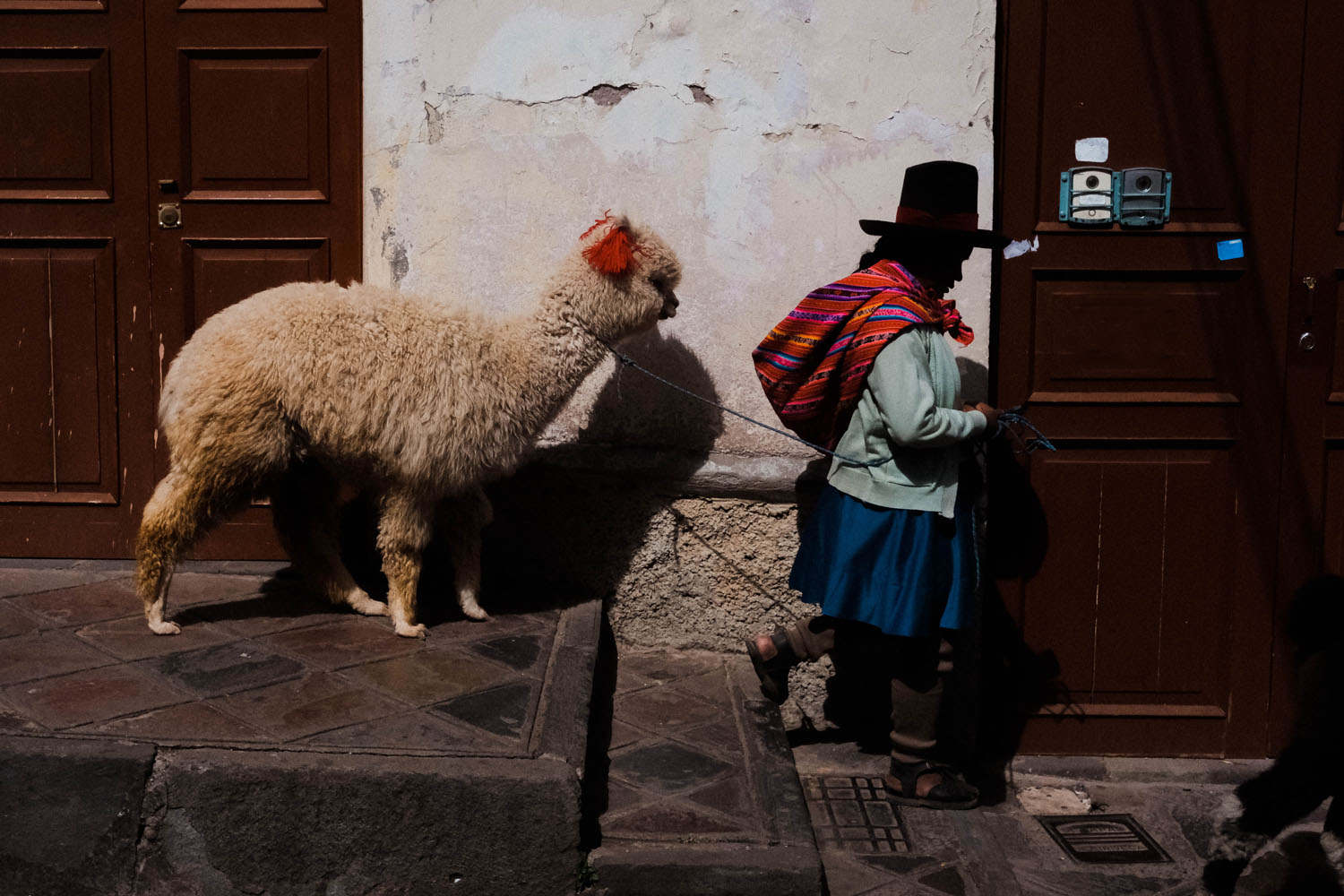
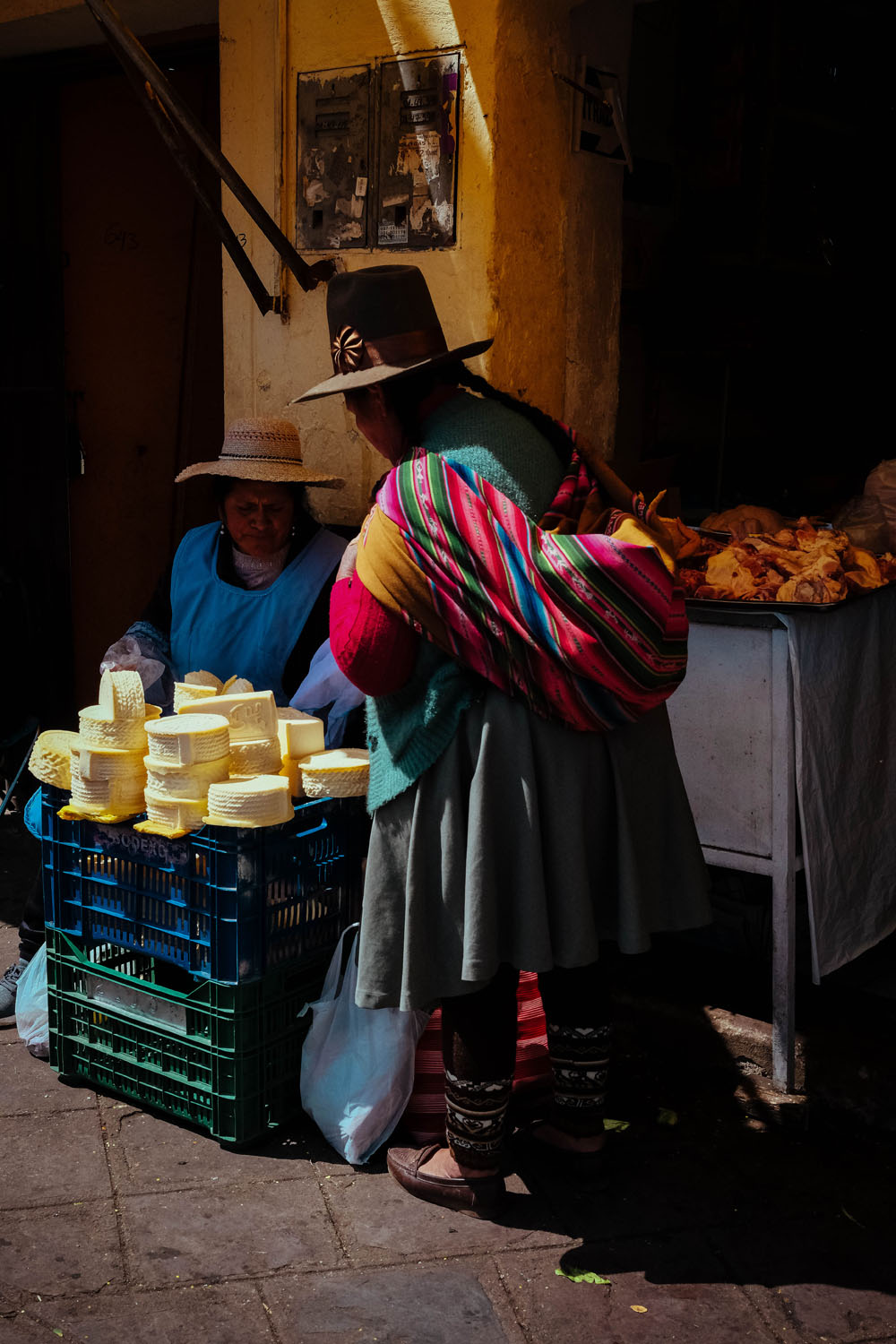
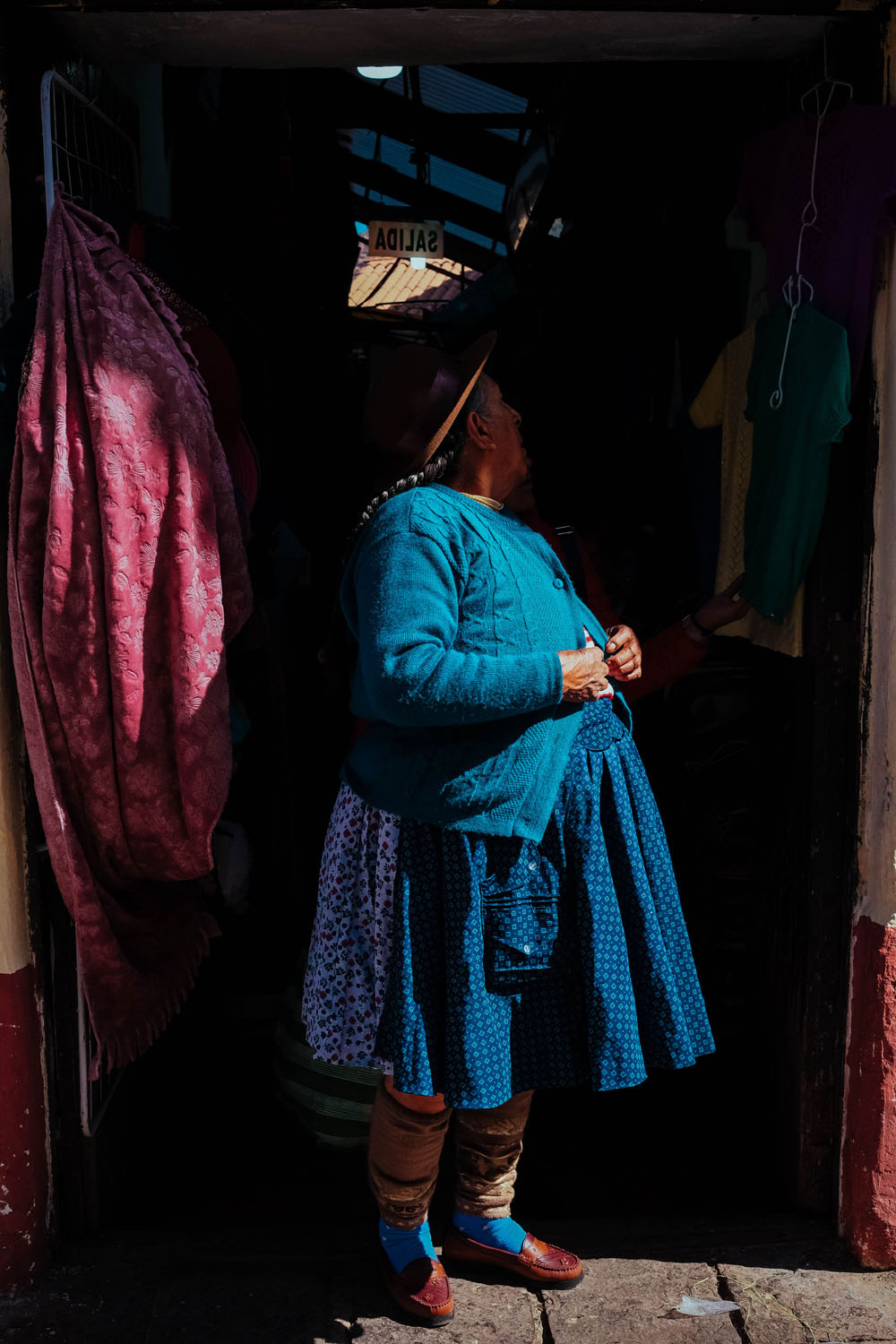
RIGHT: Fuji X-E4 . Fuji XF27mmF2.8 . F/7.1 . 1/1800″ . ISO 2500
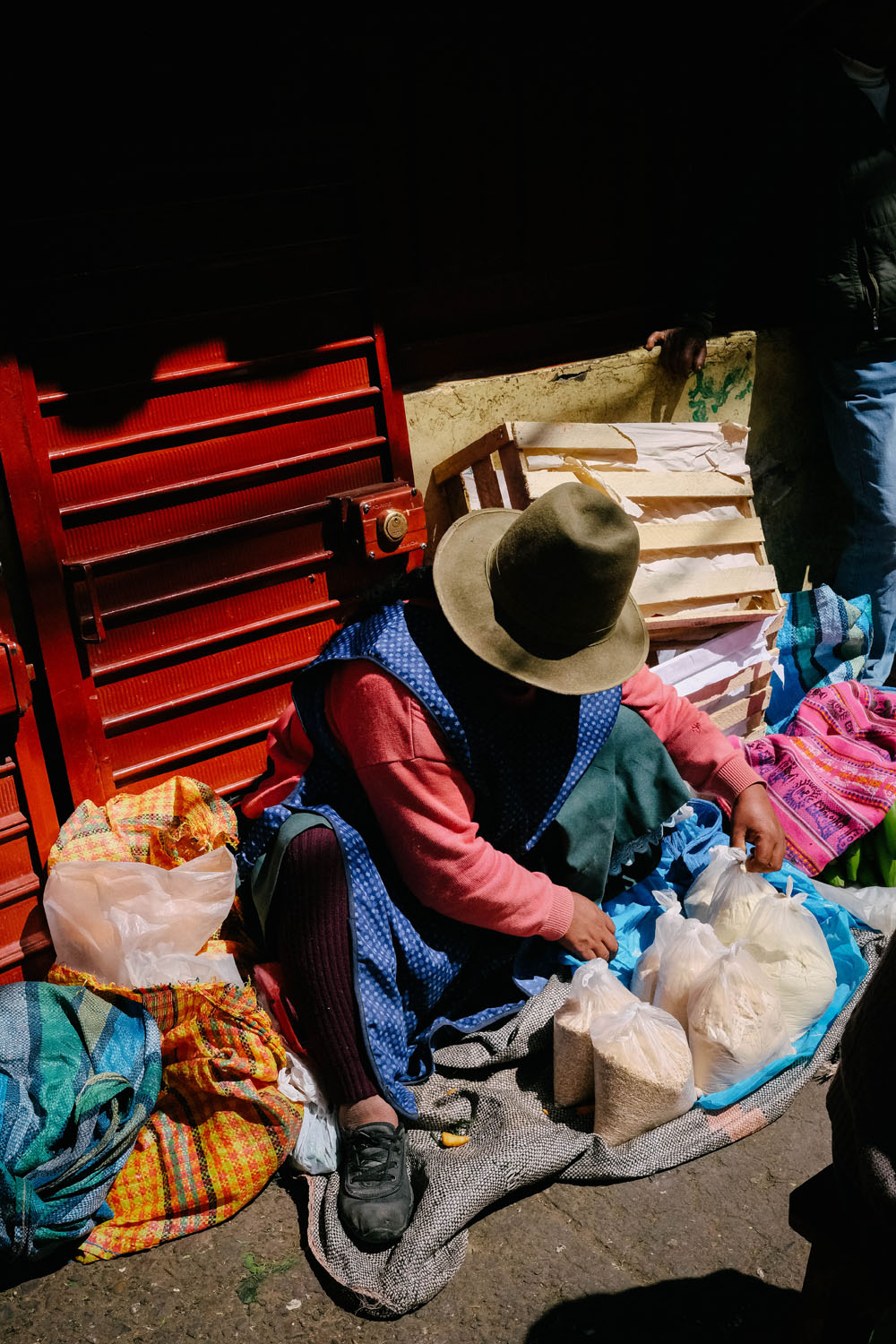
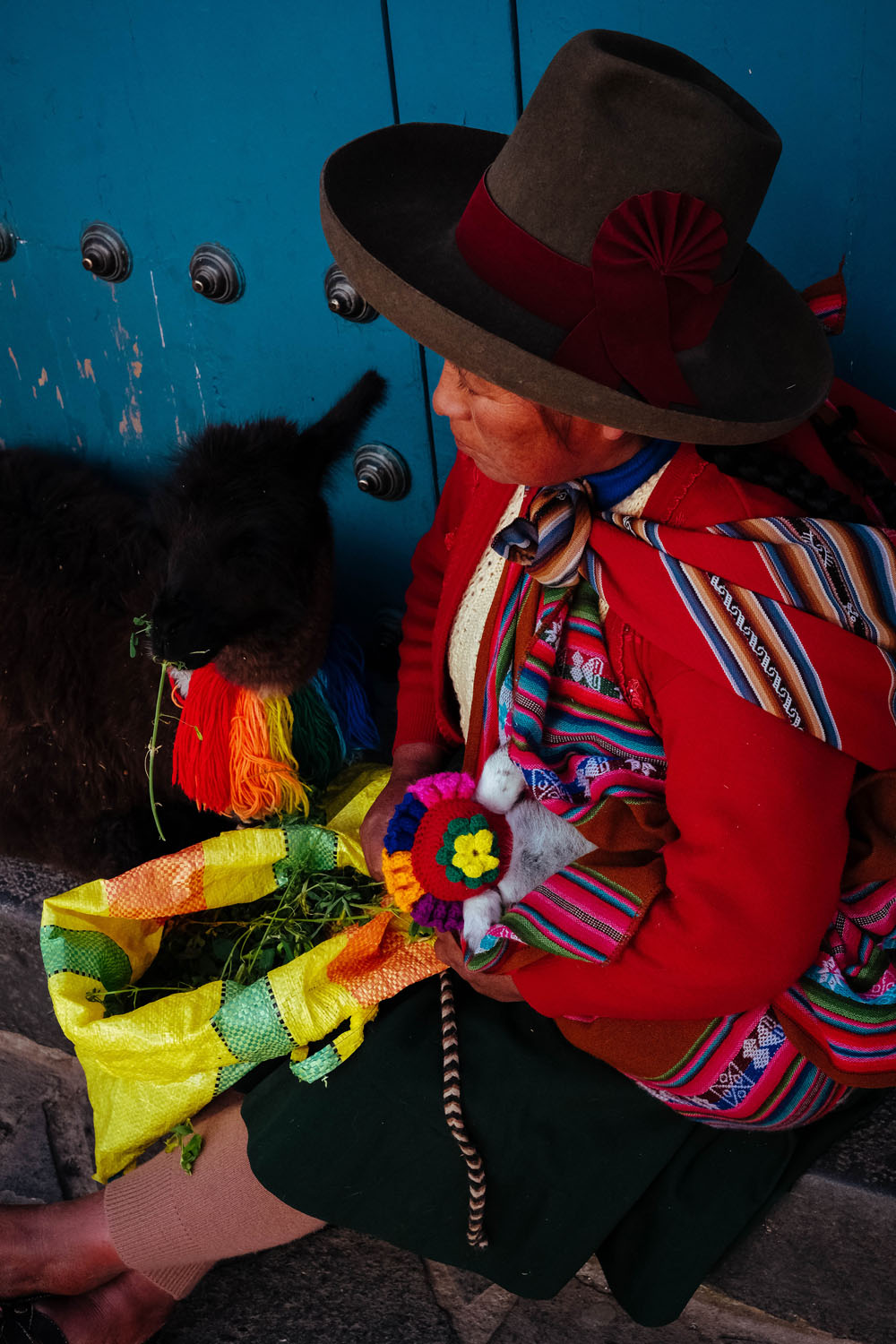
RIGHT: Fuji X-E4 . Fuji XF27mmF2.8 . F/6.4 . 1/1100″ . ISO 2500
In our previous conversation, you mentioned that due to limited space on your memory card, you switched to capturing photos in JPEG format only. How did it all work out?
So yeah, I’ve never been a RAW shooter, and honestly never could tell the difference between the two other than file size. But for this trip, I wanted to shoot both in RAW and Jpeg with the X-E4 because I wanted to use recipes. However, I also wanted to be able to have the option of trying different recipes when I got back and not be stuck with a single baked Jpeg or certain look for the whole trip. In a way, I was sort of forced to shoot both RAW and Jpeg, but after a few days of shooting, I started seeing my SD cards begin to fill rapidly. That’s when I had to make the tough decision to shoot Jpeg only. Sadly, without the use of any recipes in hopes that I could somehow apply the recipes to the Jpegs later (which we all know you can’t). Knowing this, I still took the risk thinking maybe someday Fuji would have an update or another version of Fujifilm X Raw Studio would come along that allows you to do so.
I found it hard to get in Lightroom the look I originally wanted, such as the Portra 400 recipe by Fujifilm X Weekly.
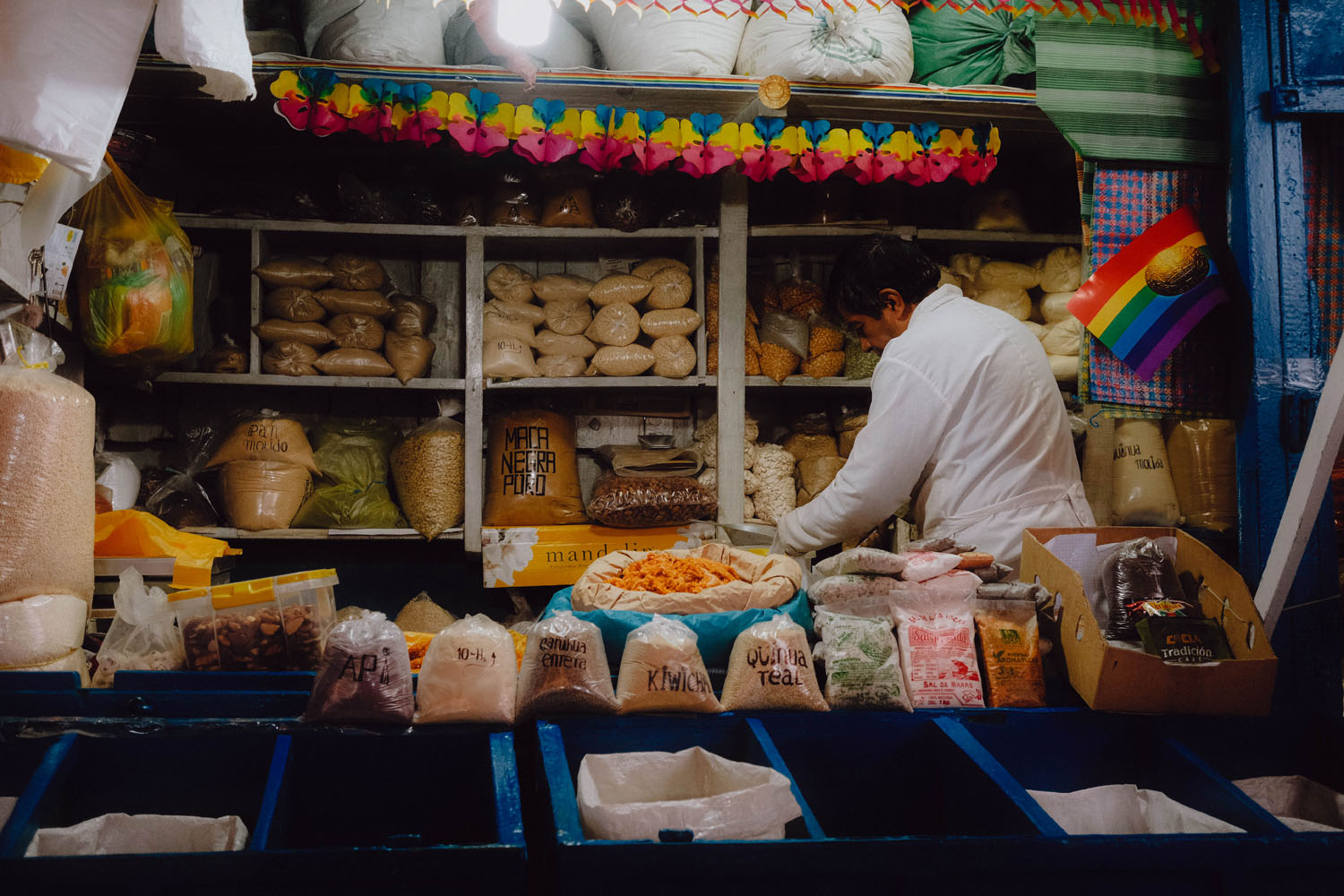
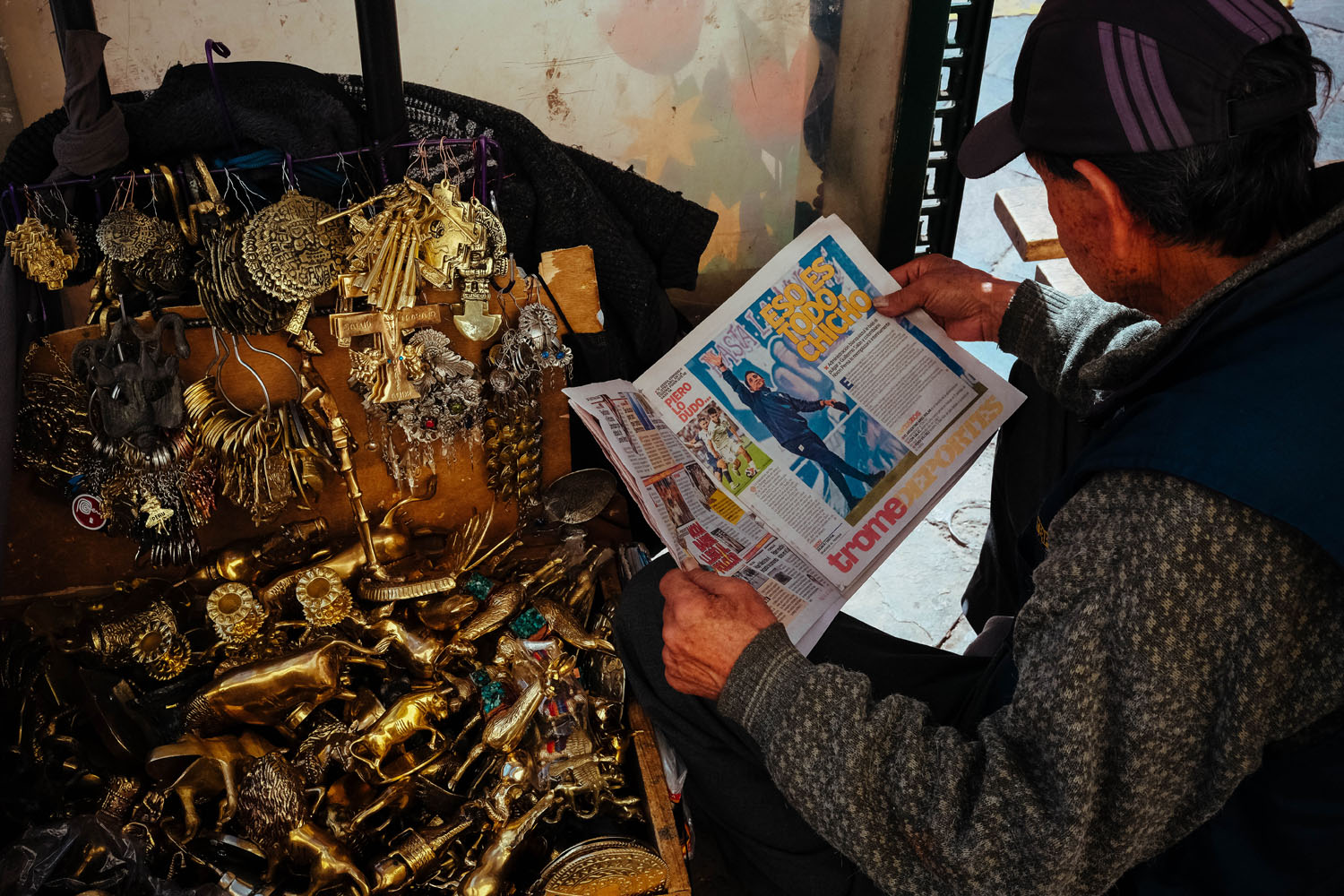
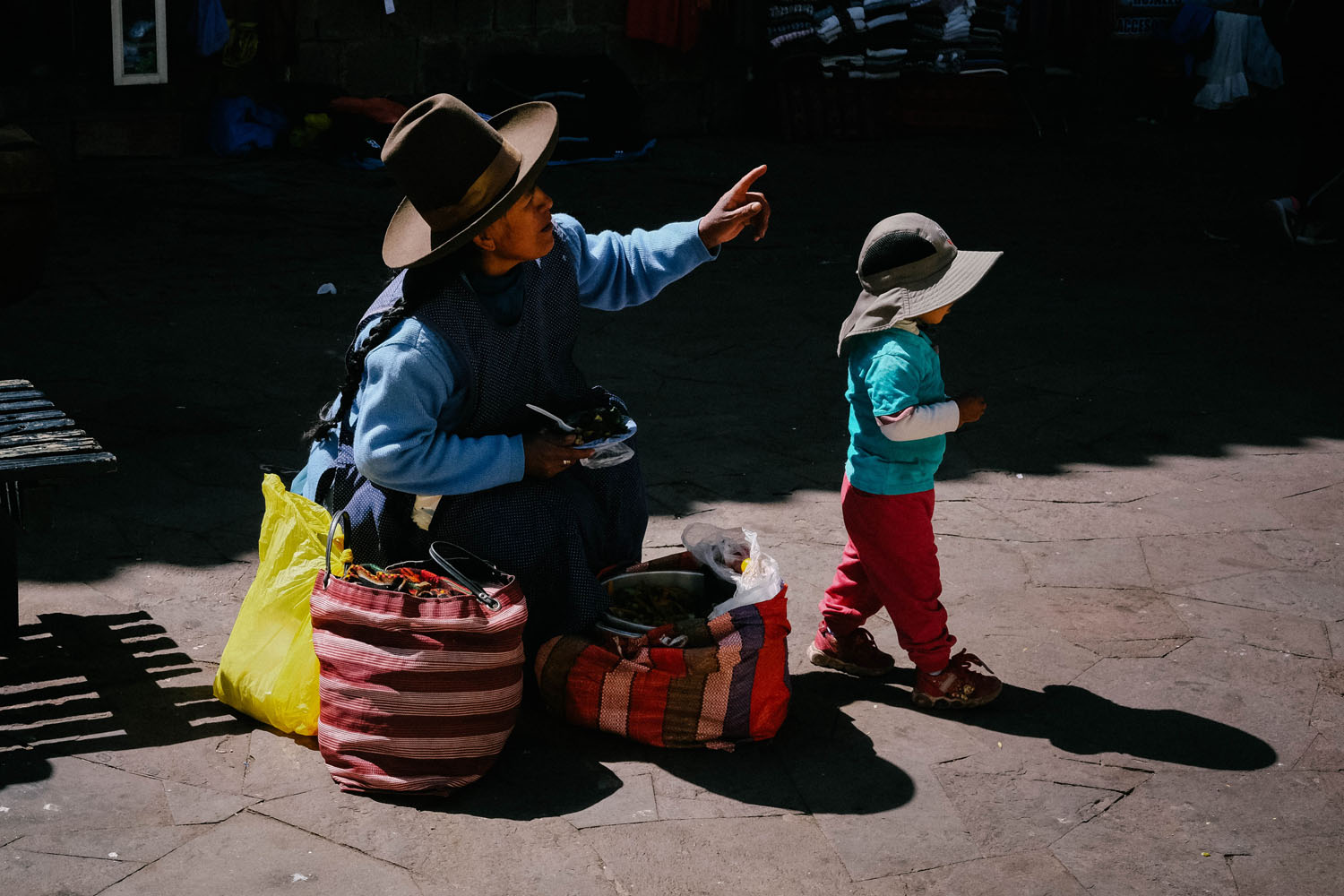
RIGHT: Fuji X-E4 . Fuji XF27mmF2.8 . F/9 . 1/2200″ . ISO 2500
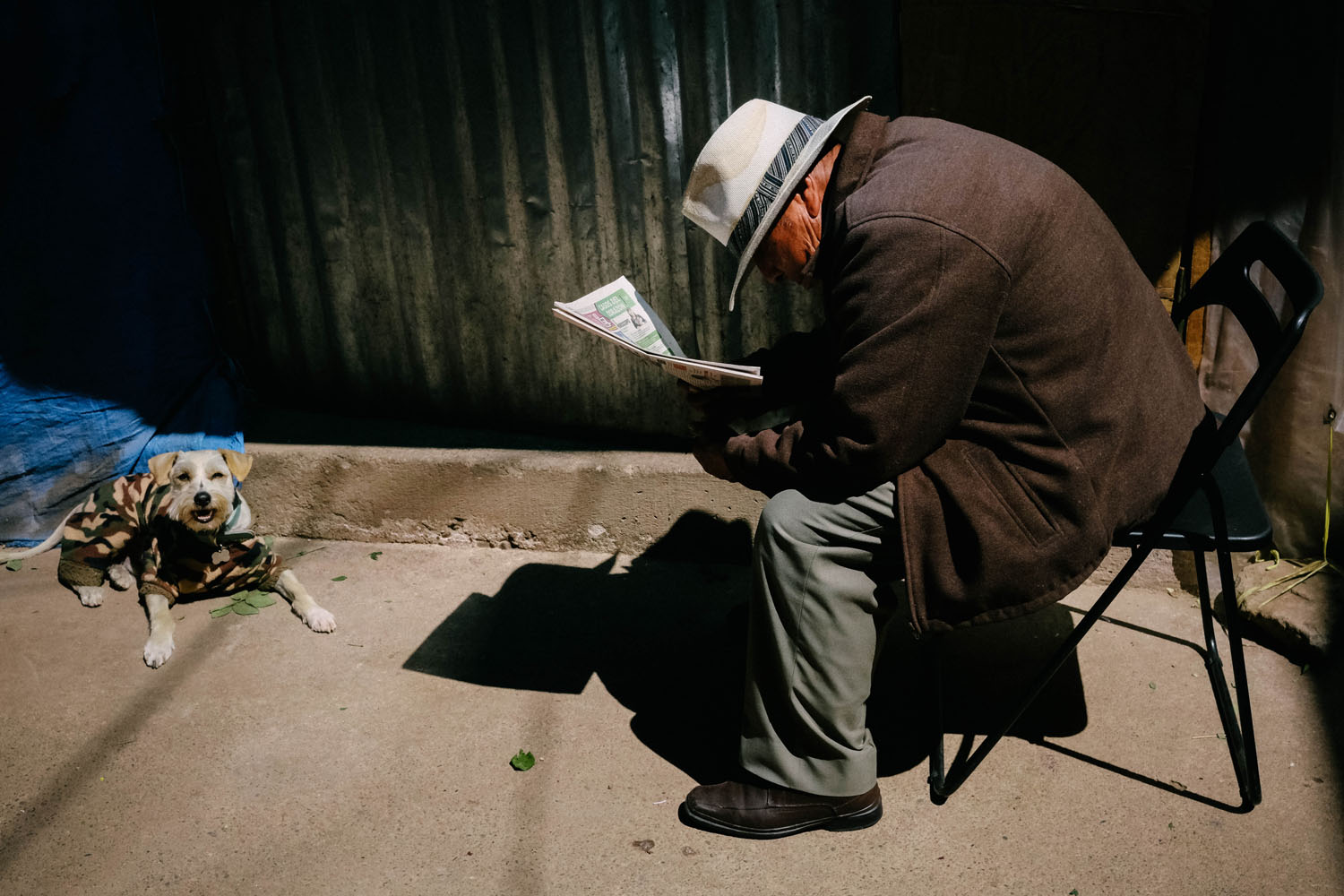
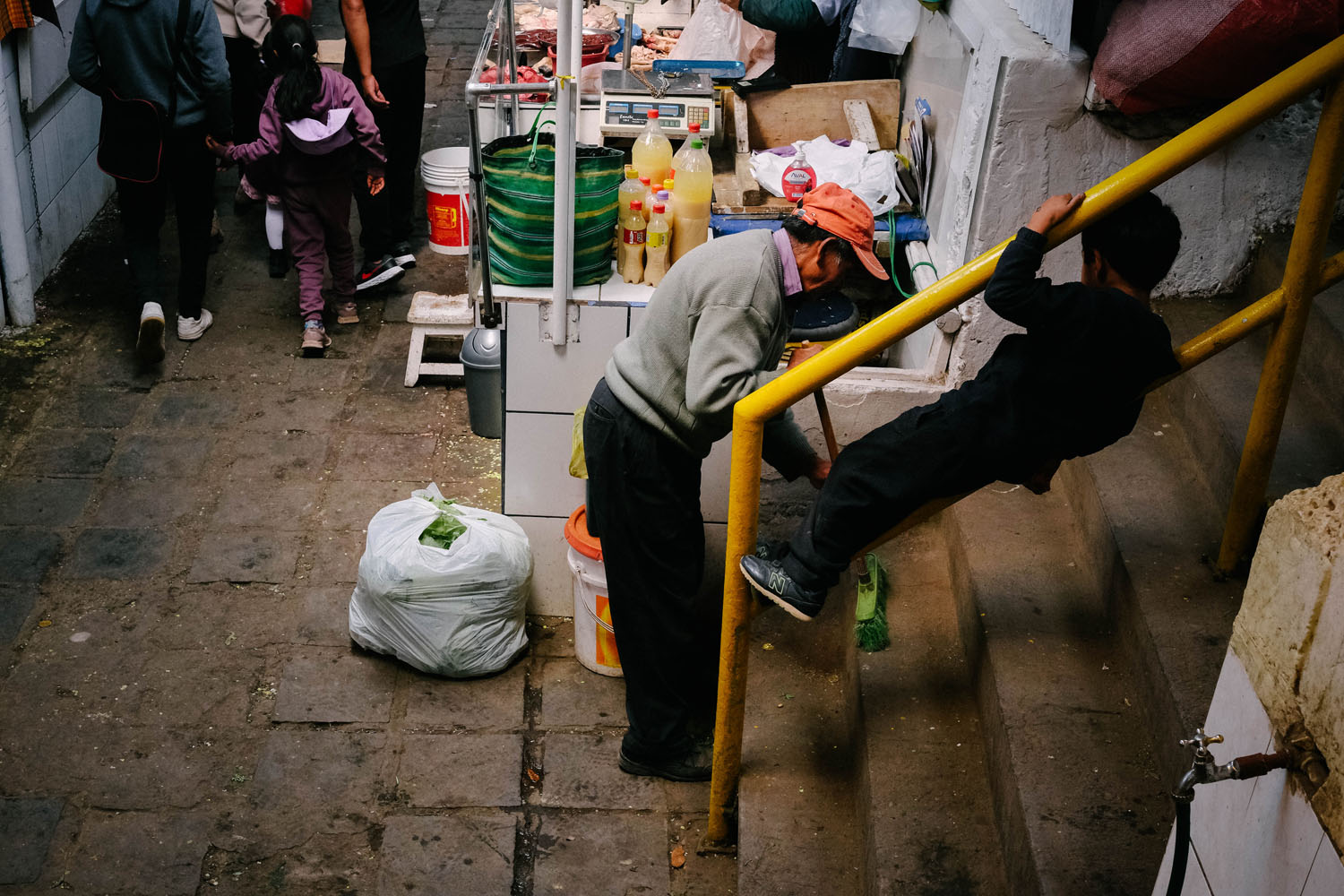
RIGHT: Fuji X-E4 . Fuji XF27mmF2.8 . F/5.6 . 1/750″ . ISO 2500
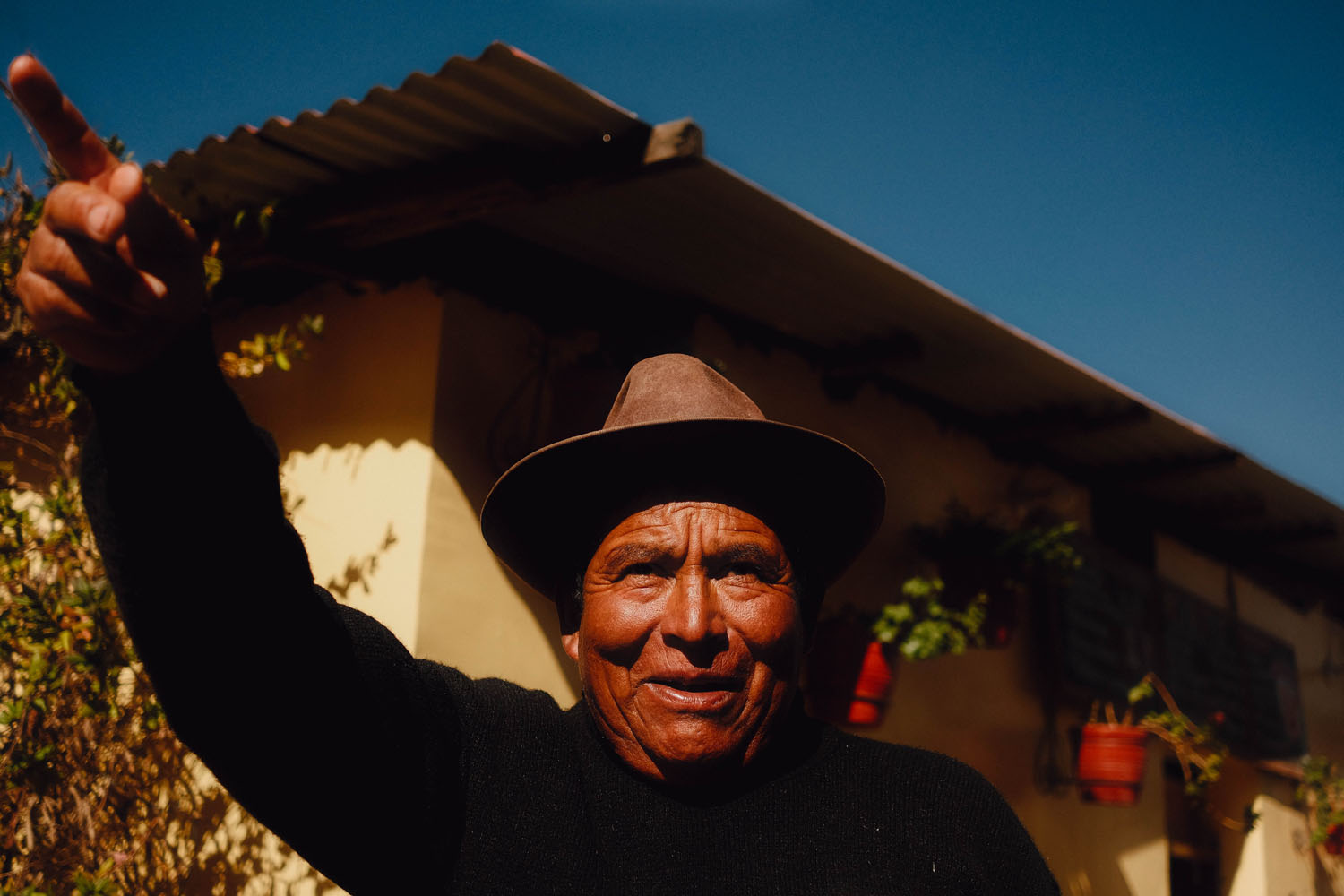
After downloading the files, how did you resolve the issue? And what is your overall opinion of the X-E4 after the trip?
Well, I still haven’t found a real solution yet. Nothing really comes close to the Fujifilm recipes out there, and my ability in Lightroom is novice at best, nor do I want to spend a lot of time fussing with each image. So if you’re listening, Fuji, why not embrace the whole “I shoot Jpeg only” campaign and make it so people can start adding different recipes to Jpegs, not just baking them on them permanently? Aside from that, overall, I think the X-E4 is a great camera.
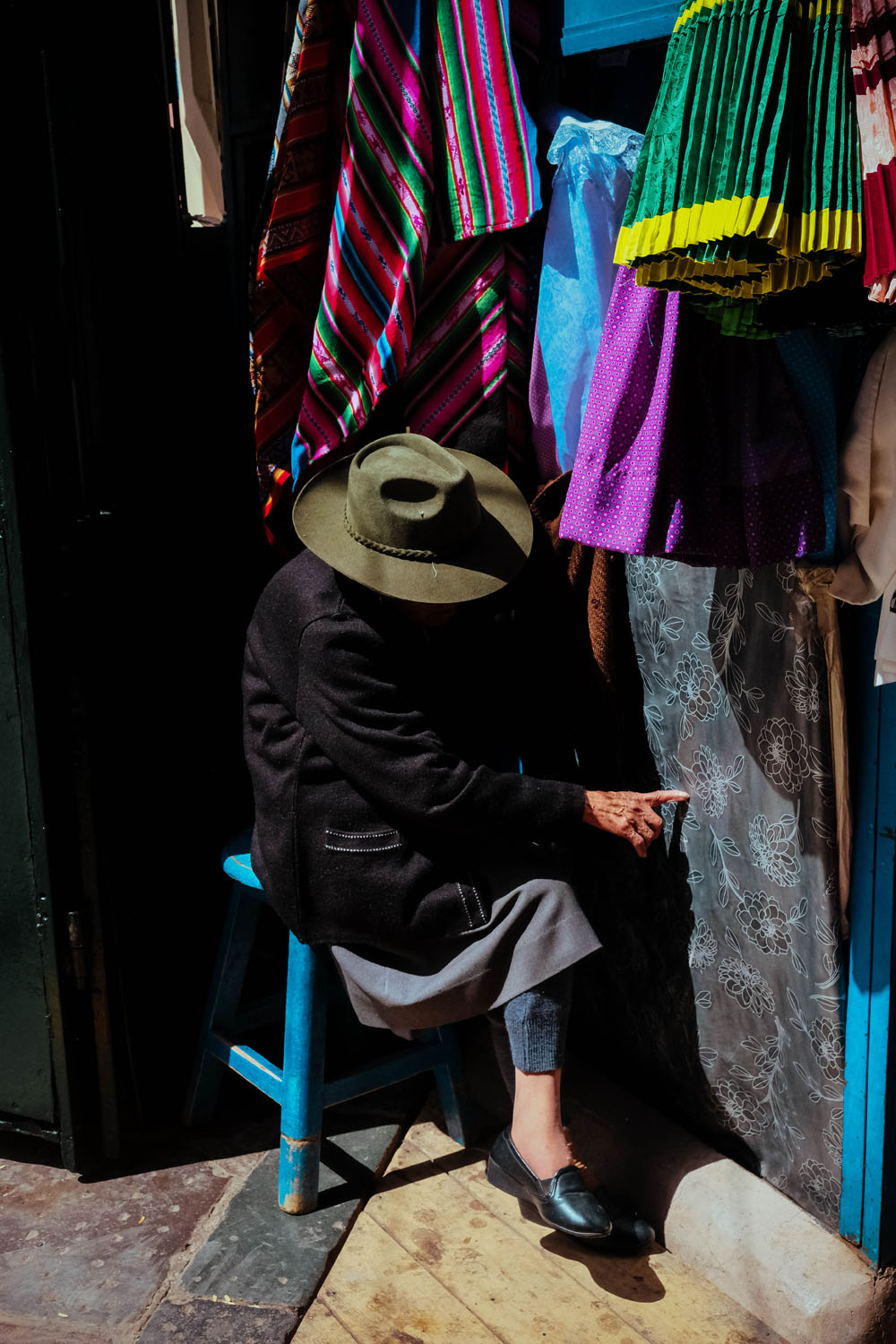
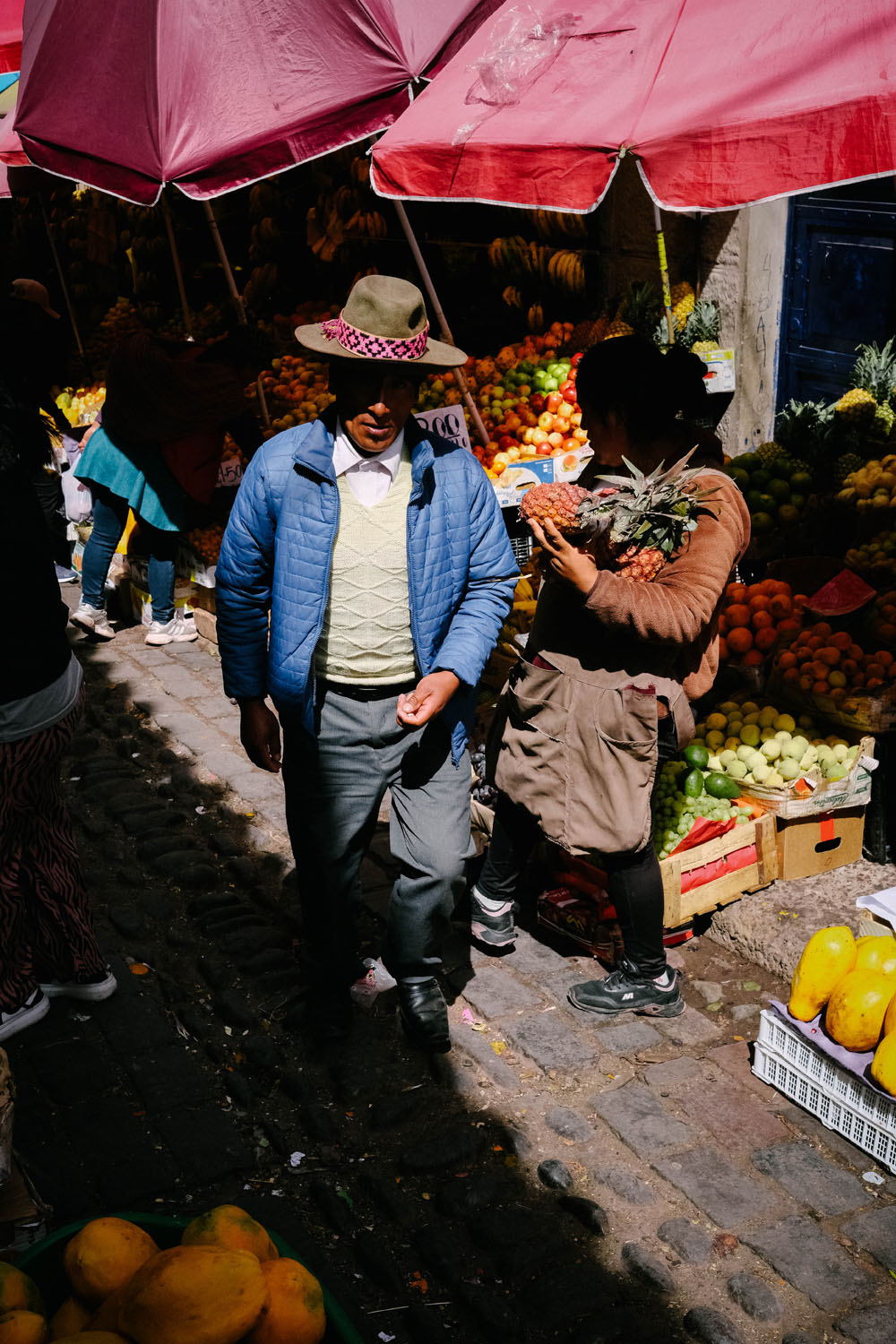
RIGHT: Fuji X-E4 . Fuji XF27mmF2.8 . F/9 . 1/2700″ . ISO 2500
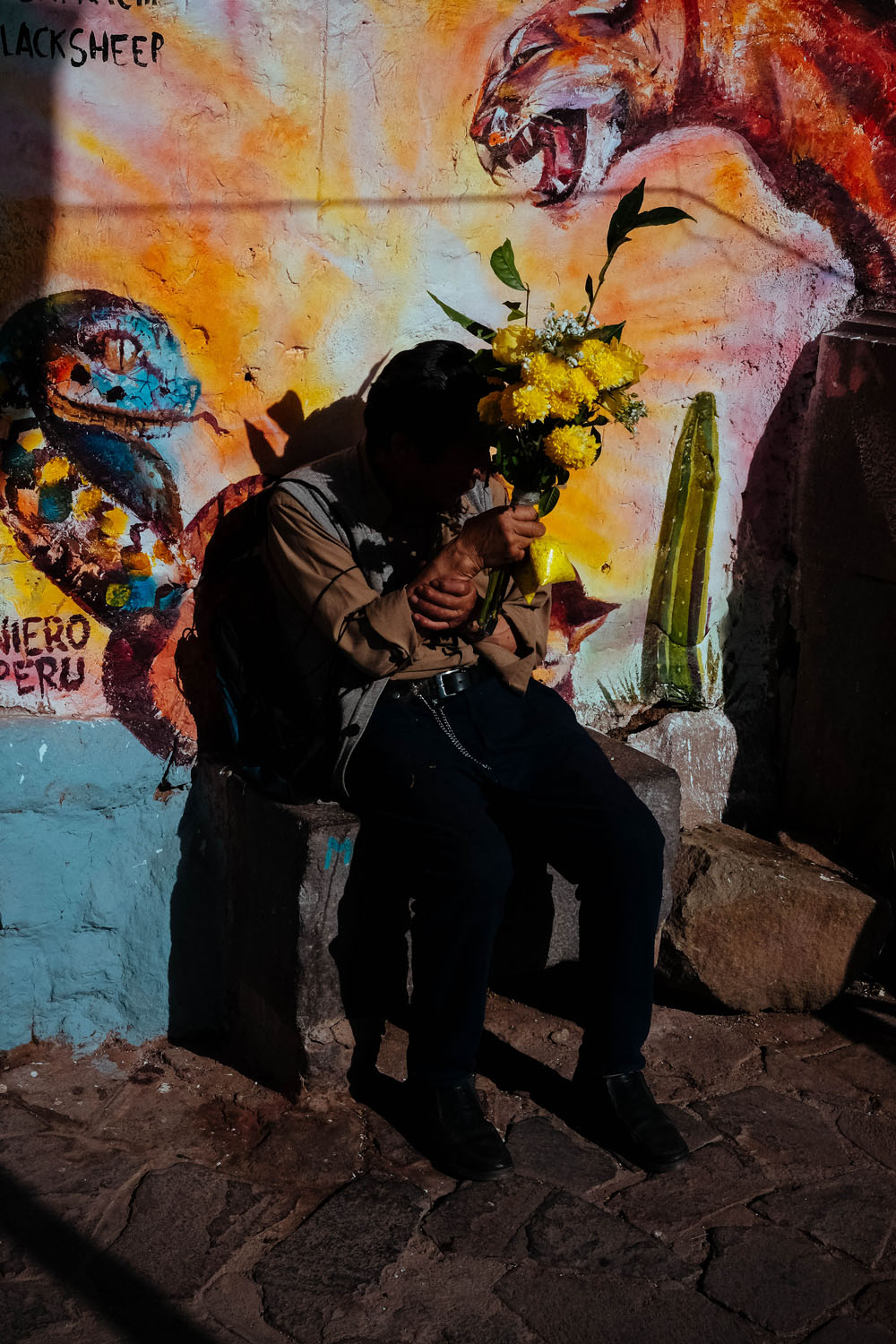
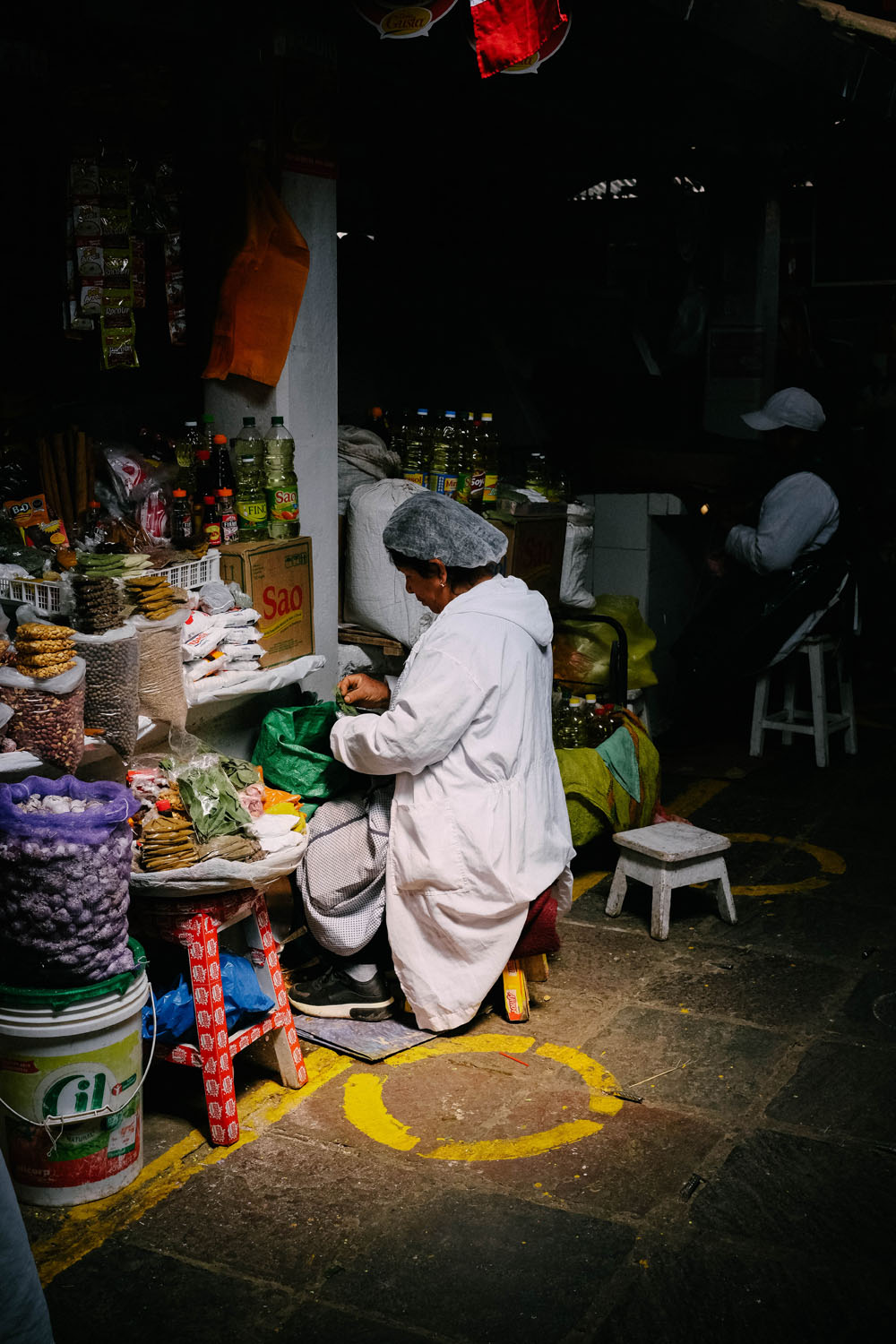
RIGHT: Fuji X-E4 . Fuji XF27mmF2.8 . F/5.6 . 1/1100″ . ISO 2500
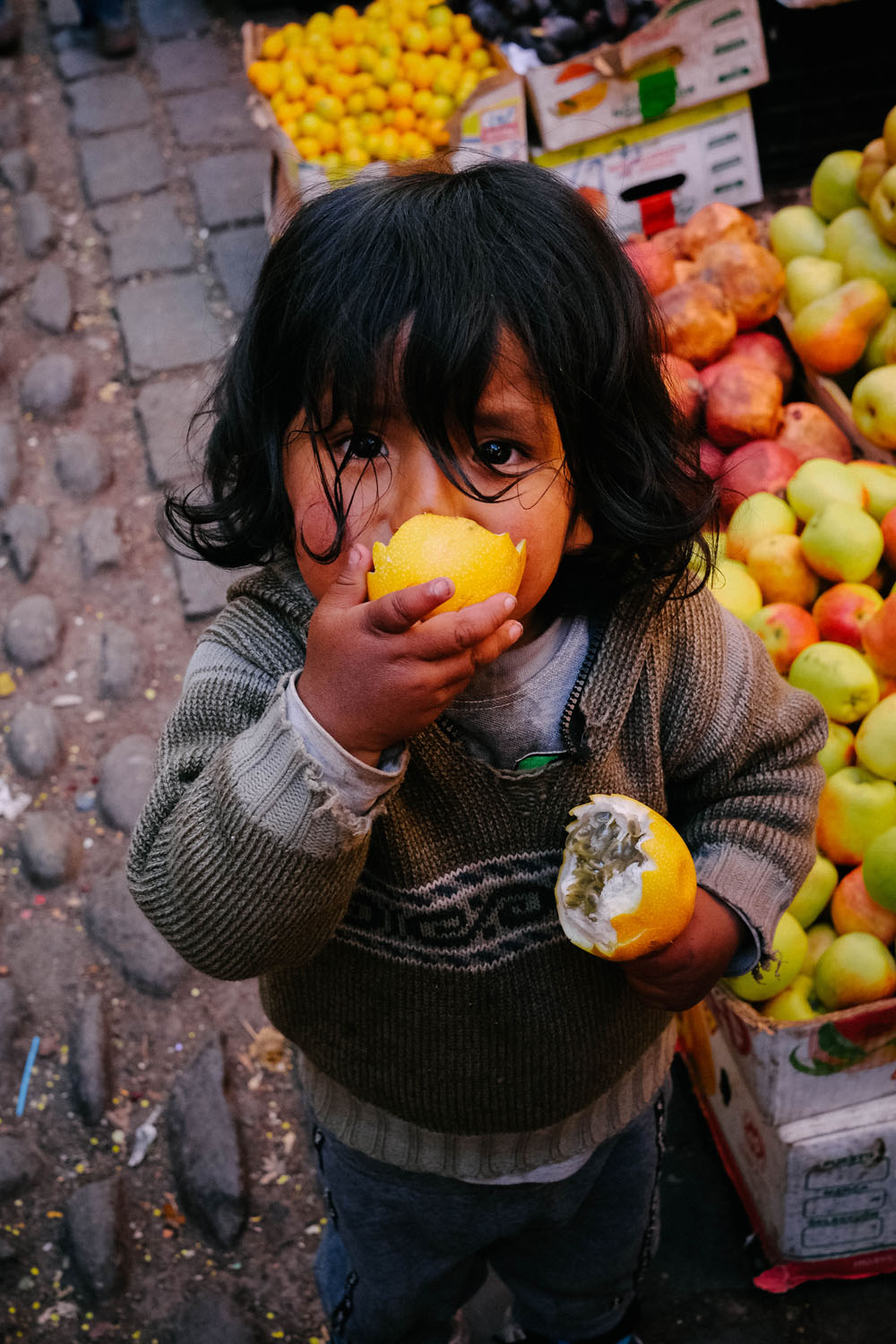
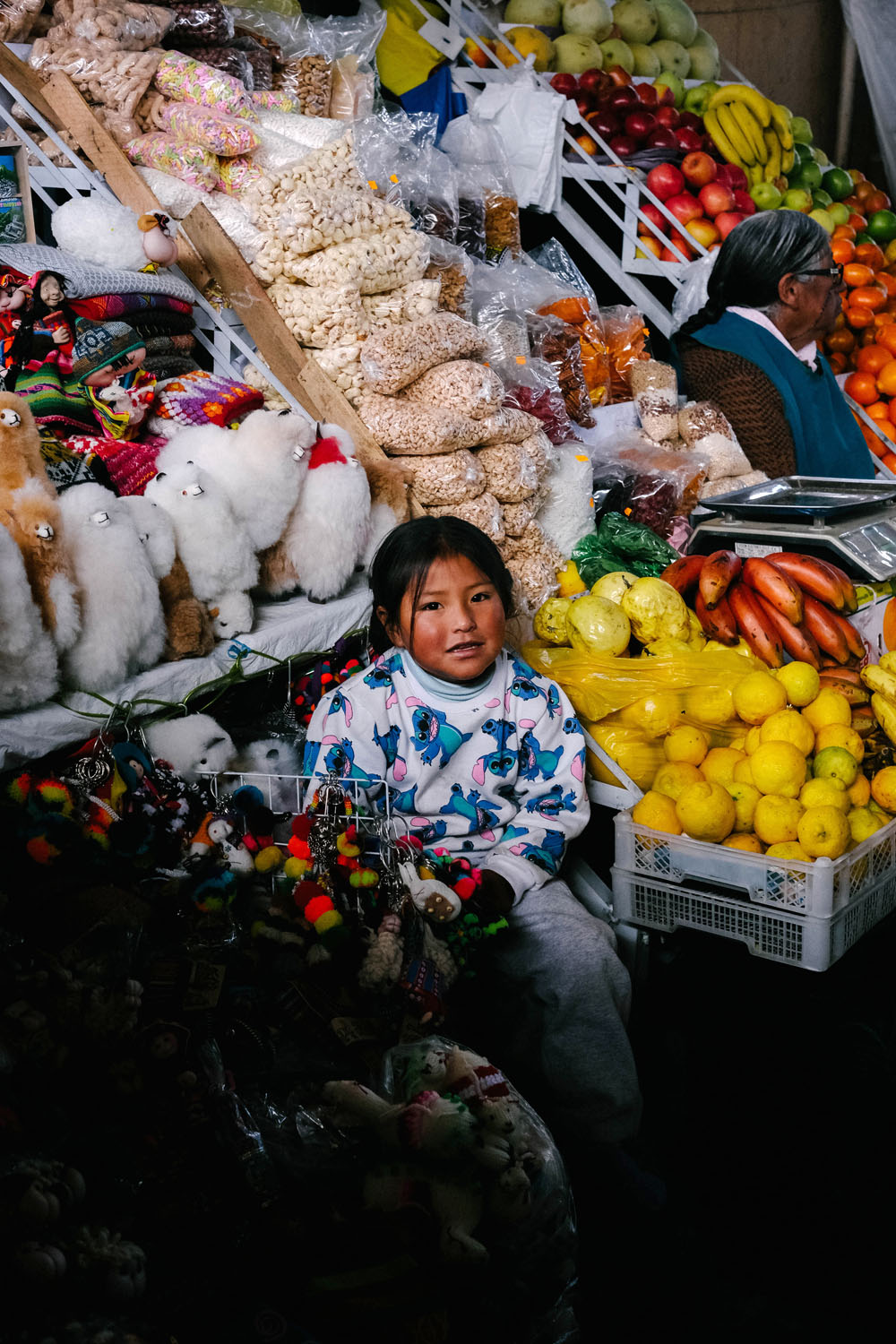
RIGHT: Fuji X-E4 . Fuji XF27mmF2.8 . F/4.5 . 1/200″ . ISO 2500
What are your plans for using the X-E4? Will you stick with JPEG or switch to RAW for added flexibility?
I think I’ll switch my X-E4 back to shooting booth RAW and Jpeg, even though it slows things down and makes for a bigger file size. Again, I’ve never been a big RAW fan, but since I want the ability to change between recipes, that’s my only option right now.
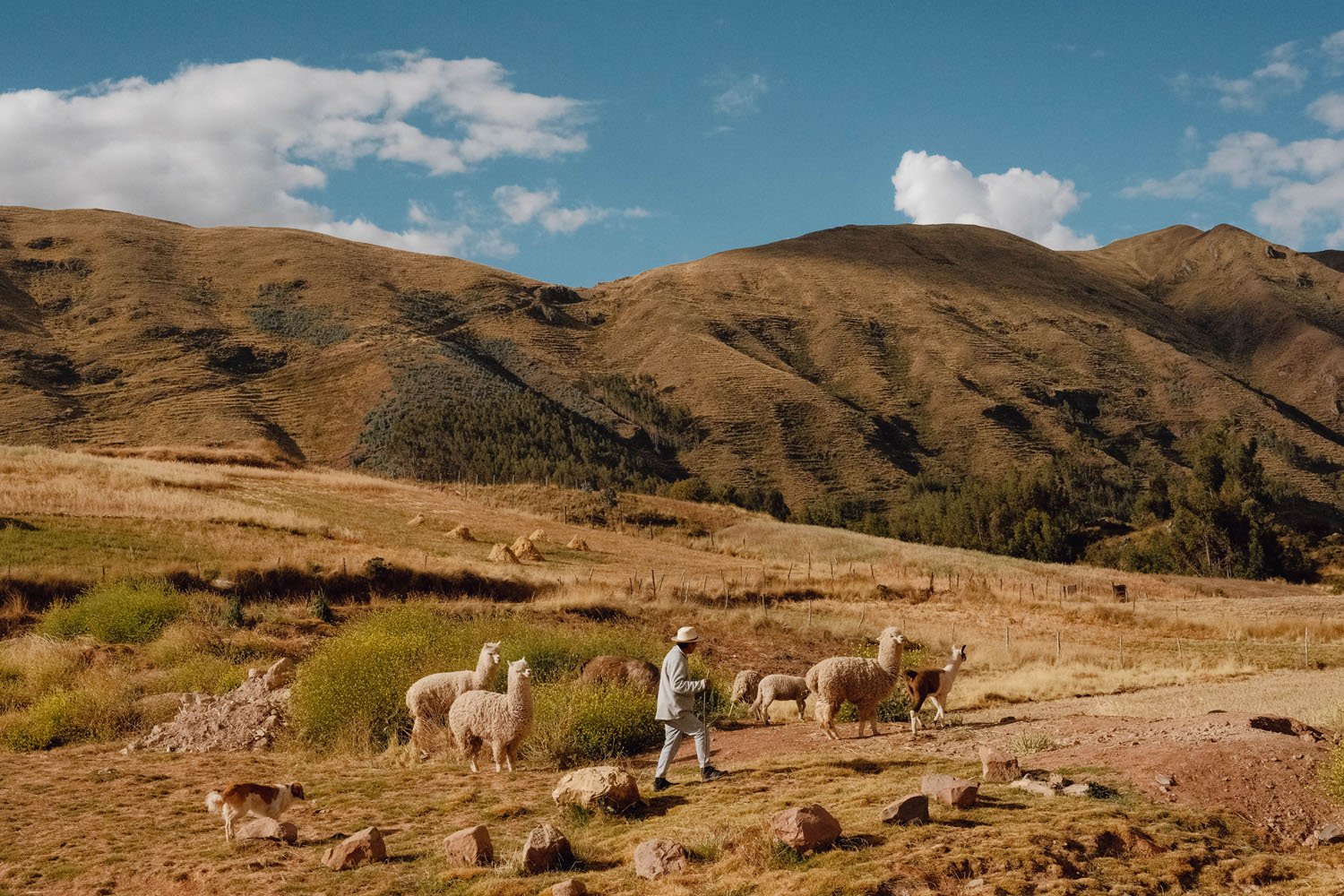
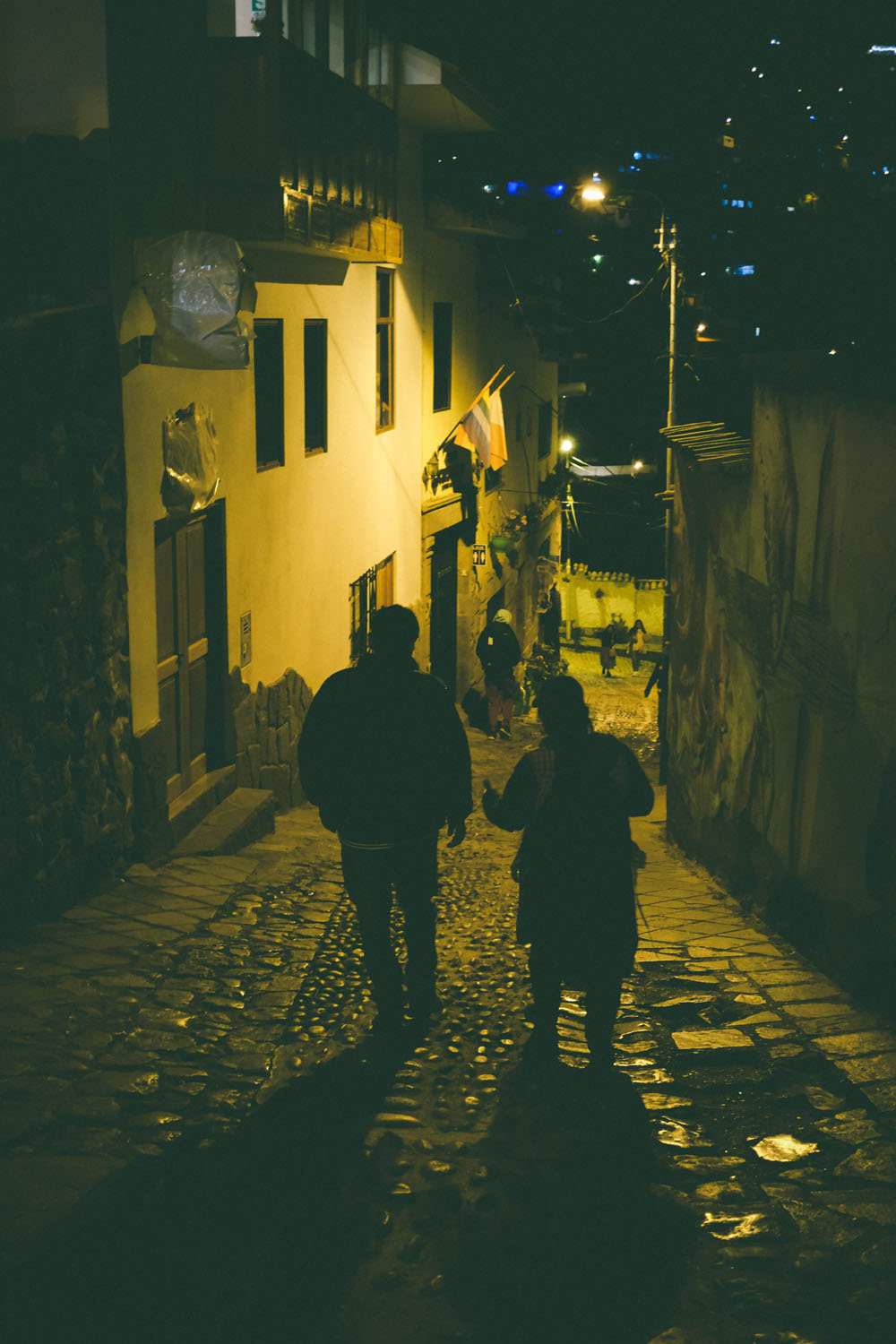
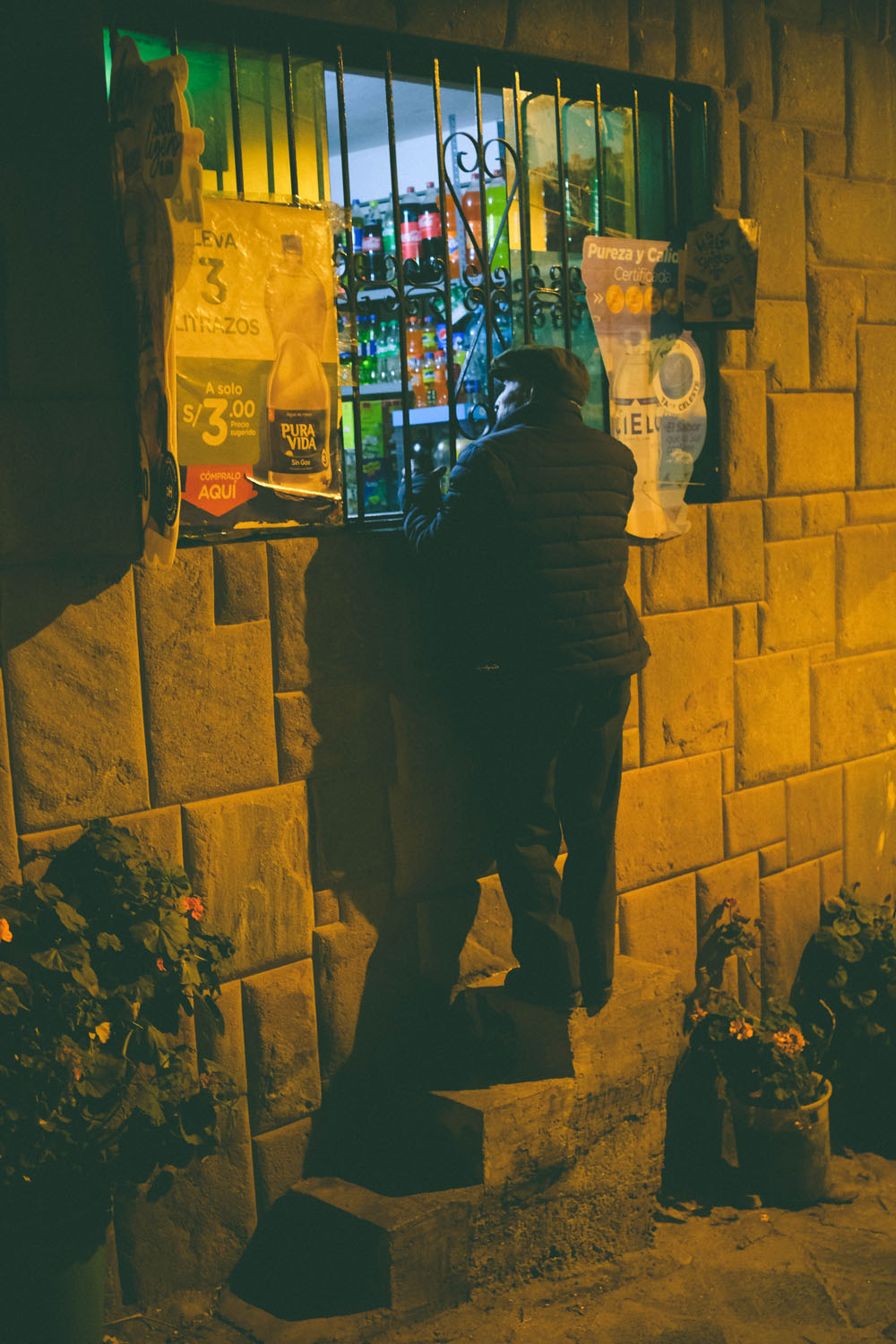
RIGHT: Fuji X-E4 . Fuji XF27mmF2.8 . F/2.8 . 1/60″ . ISO 3200
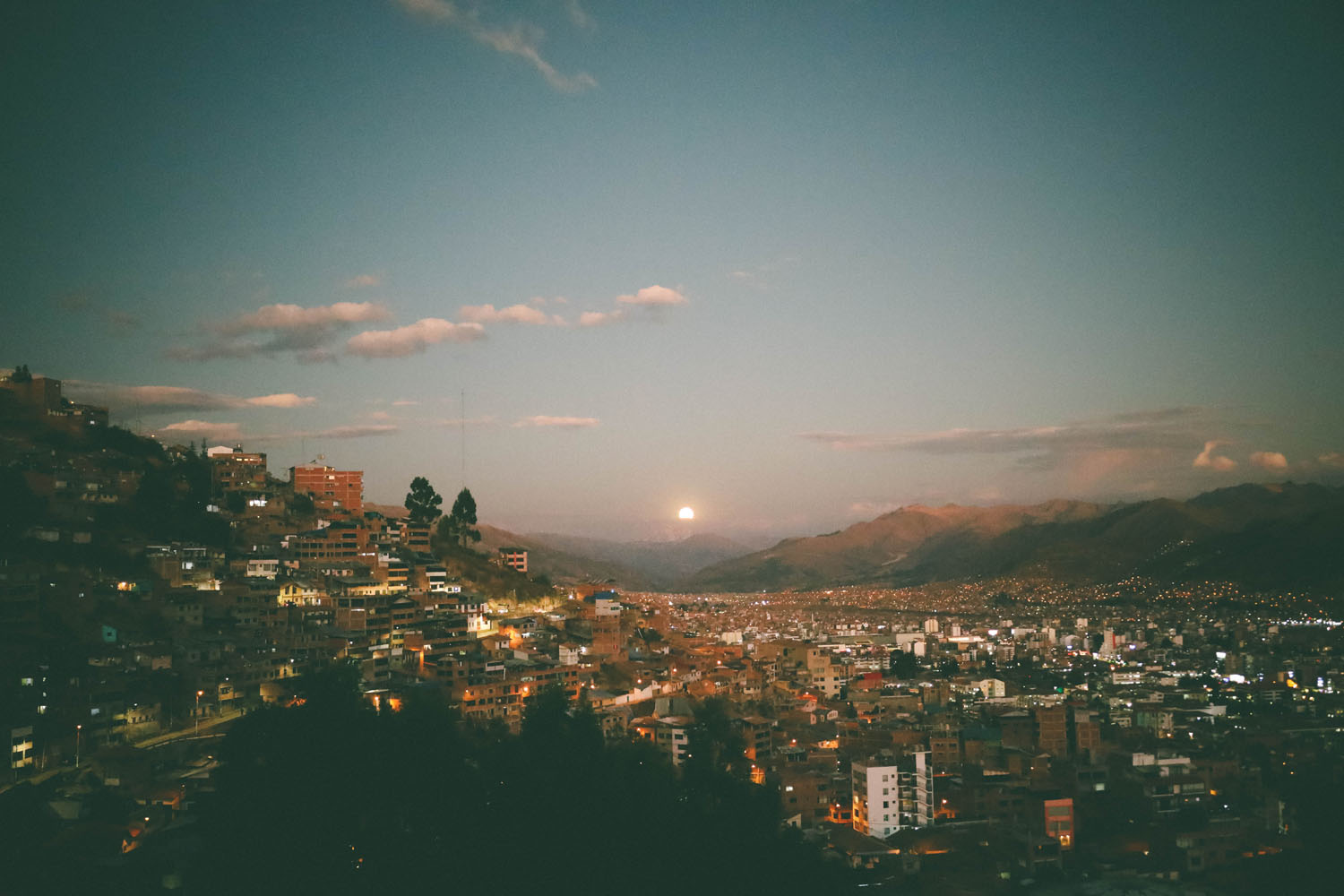
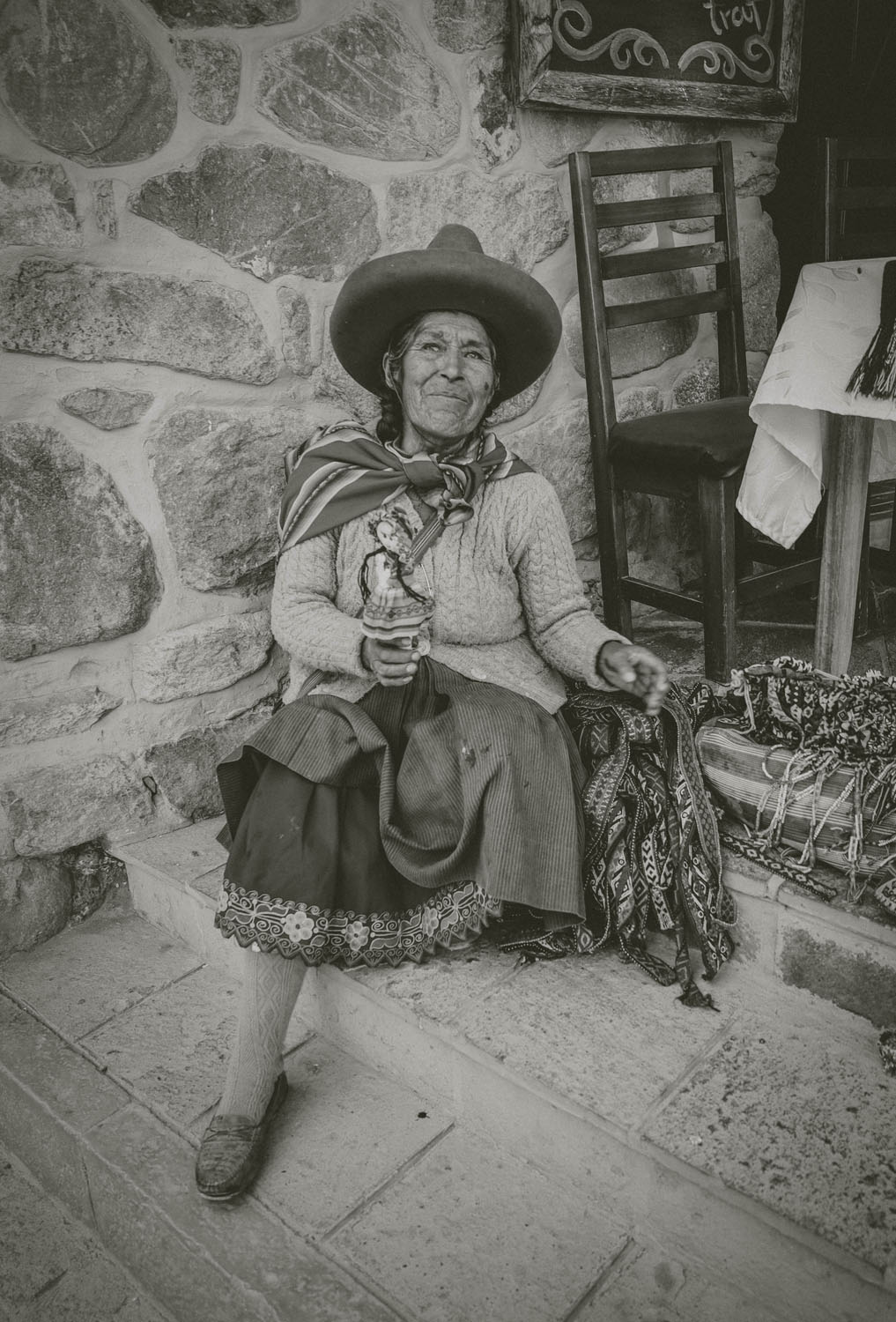
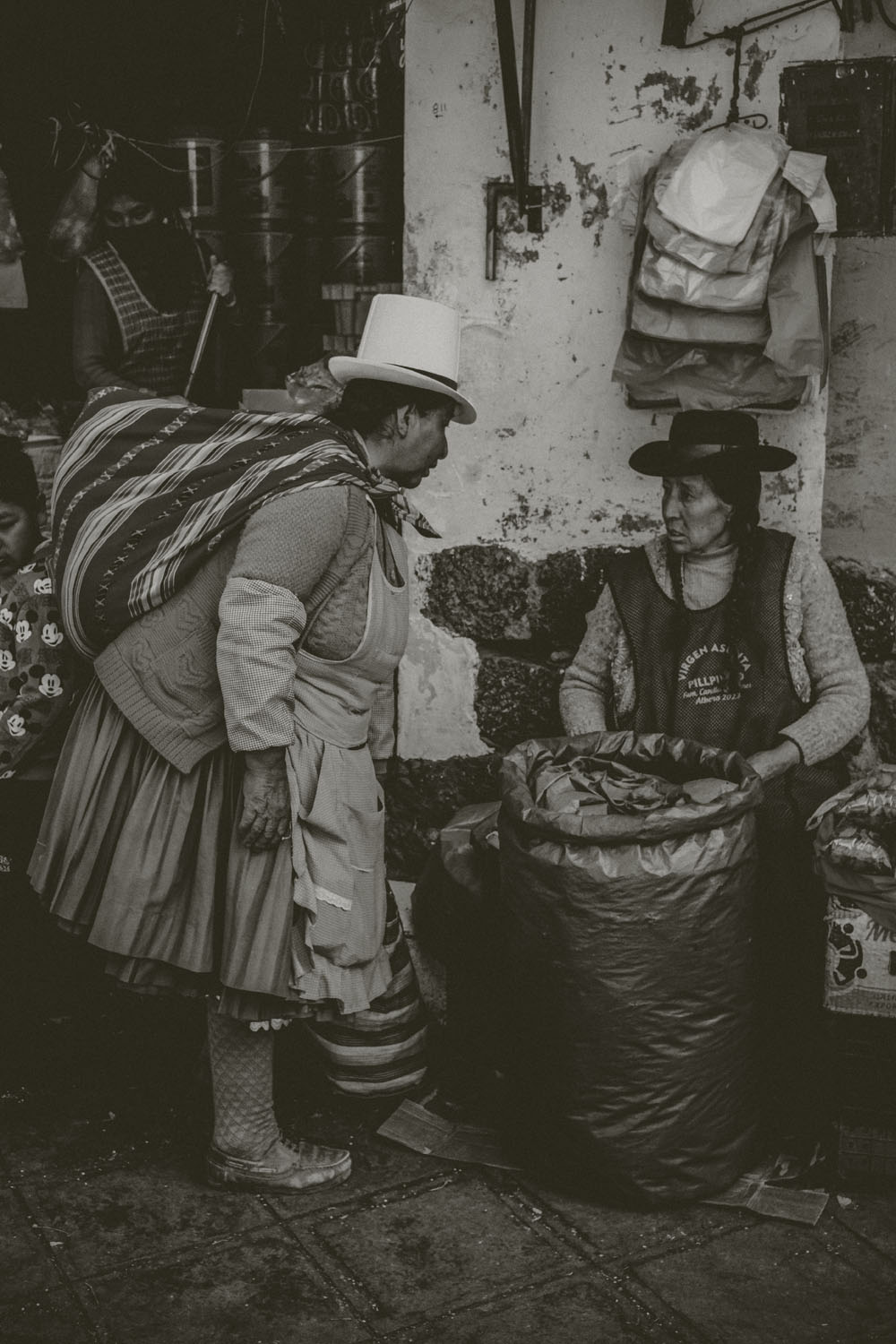
RIGHT: Fuji X-E4 . Fuji XF27mmF2.8 . F/6.4 . 1/1250″ . ISO 2500
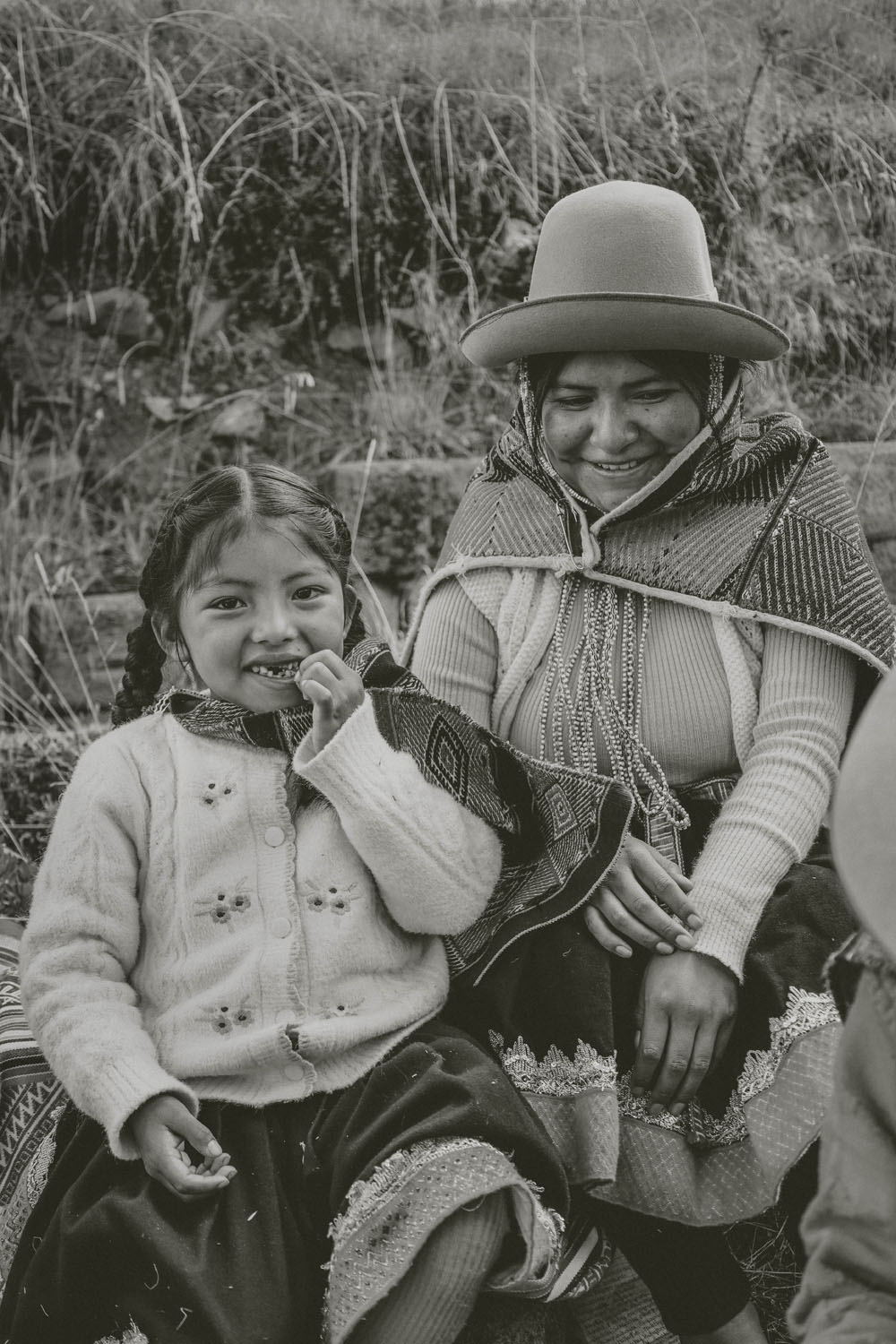
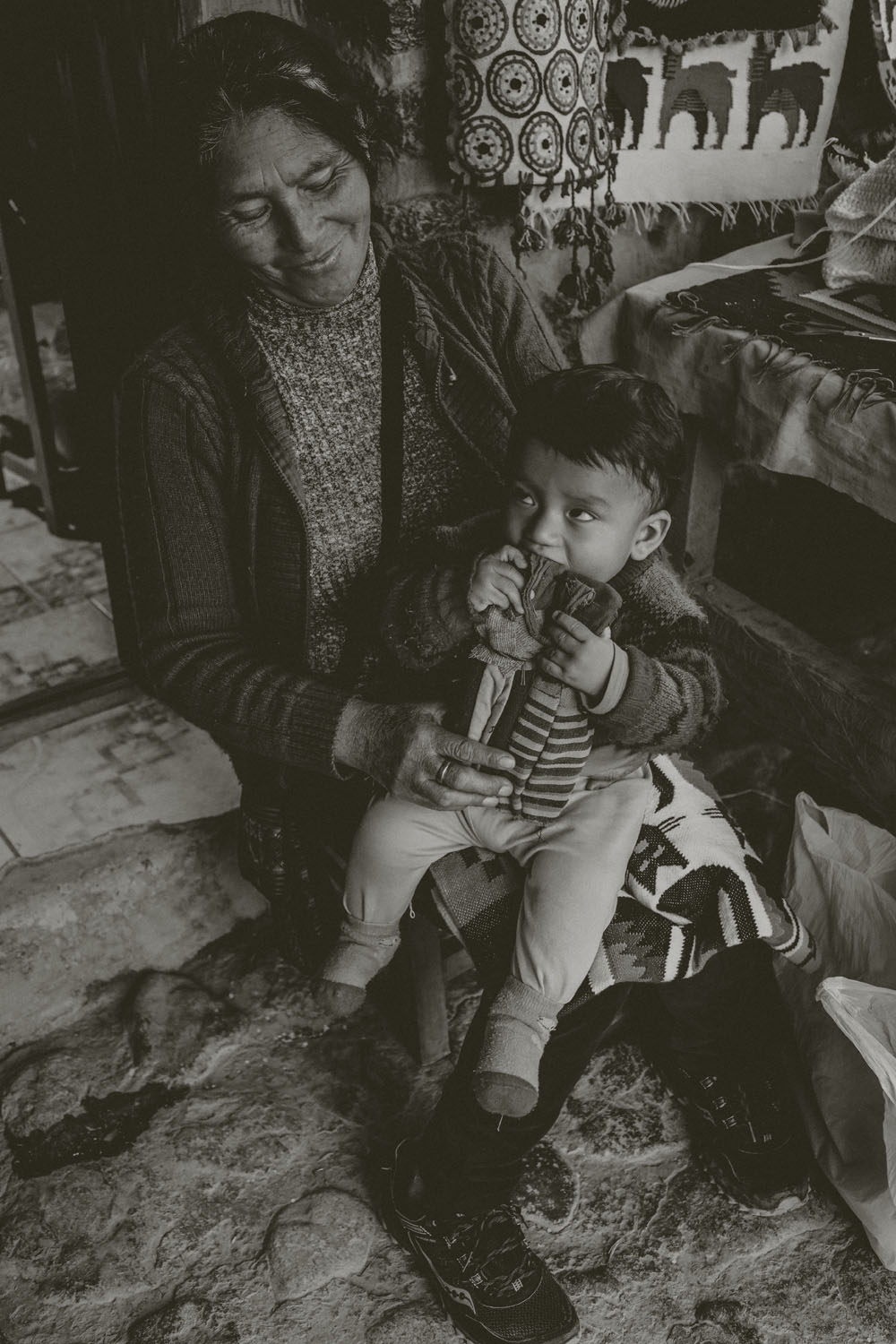
RIGHT: Canon EOS RP . Canon RF24-105mmF4-7.1 @40mm . F/5.0 . 1/80″ . ISO 1000
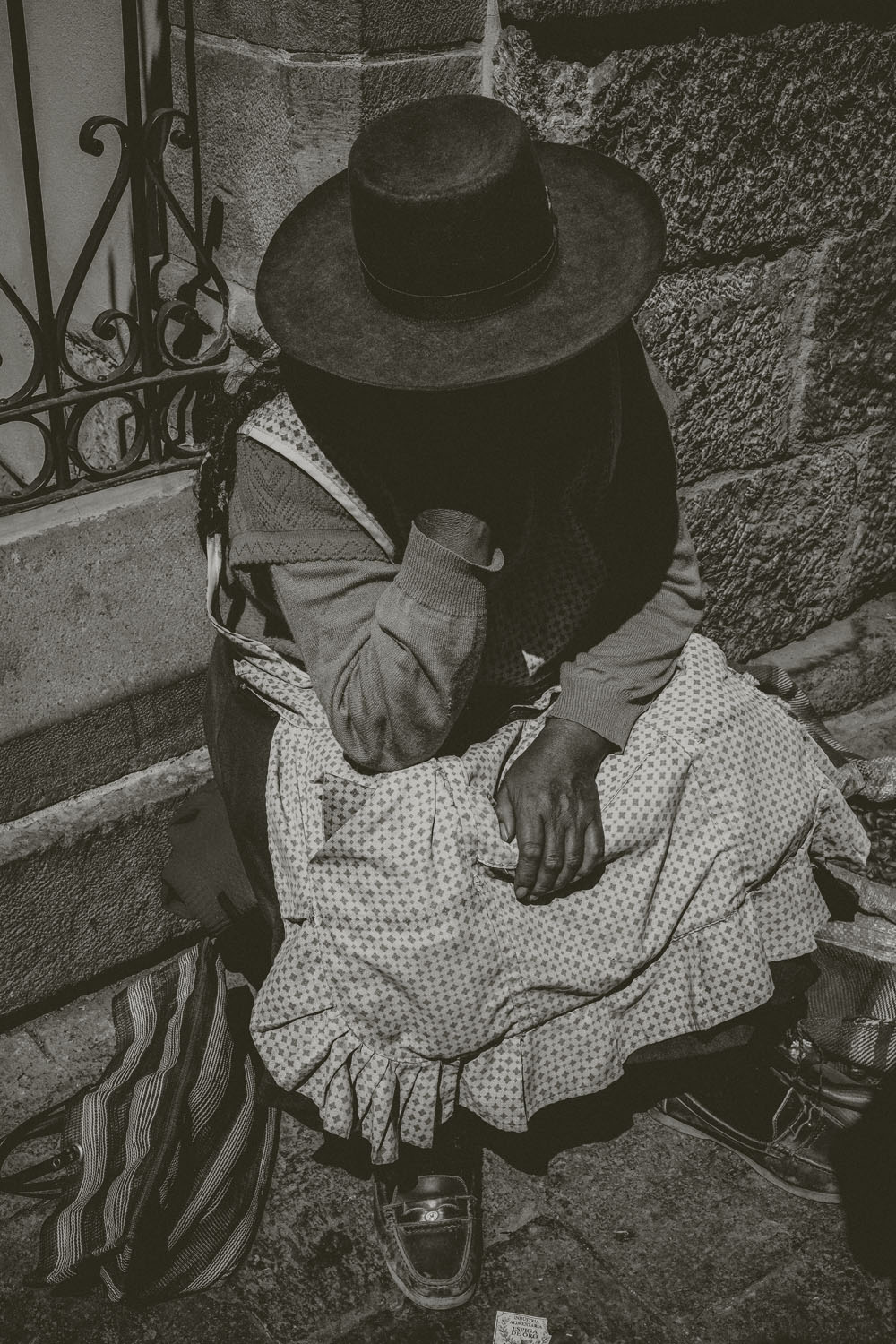
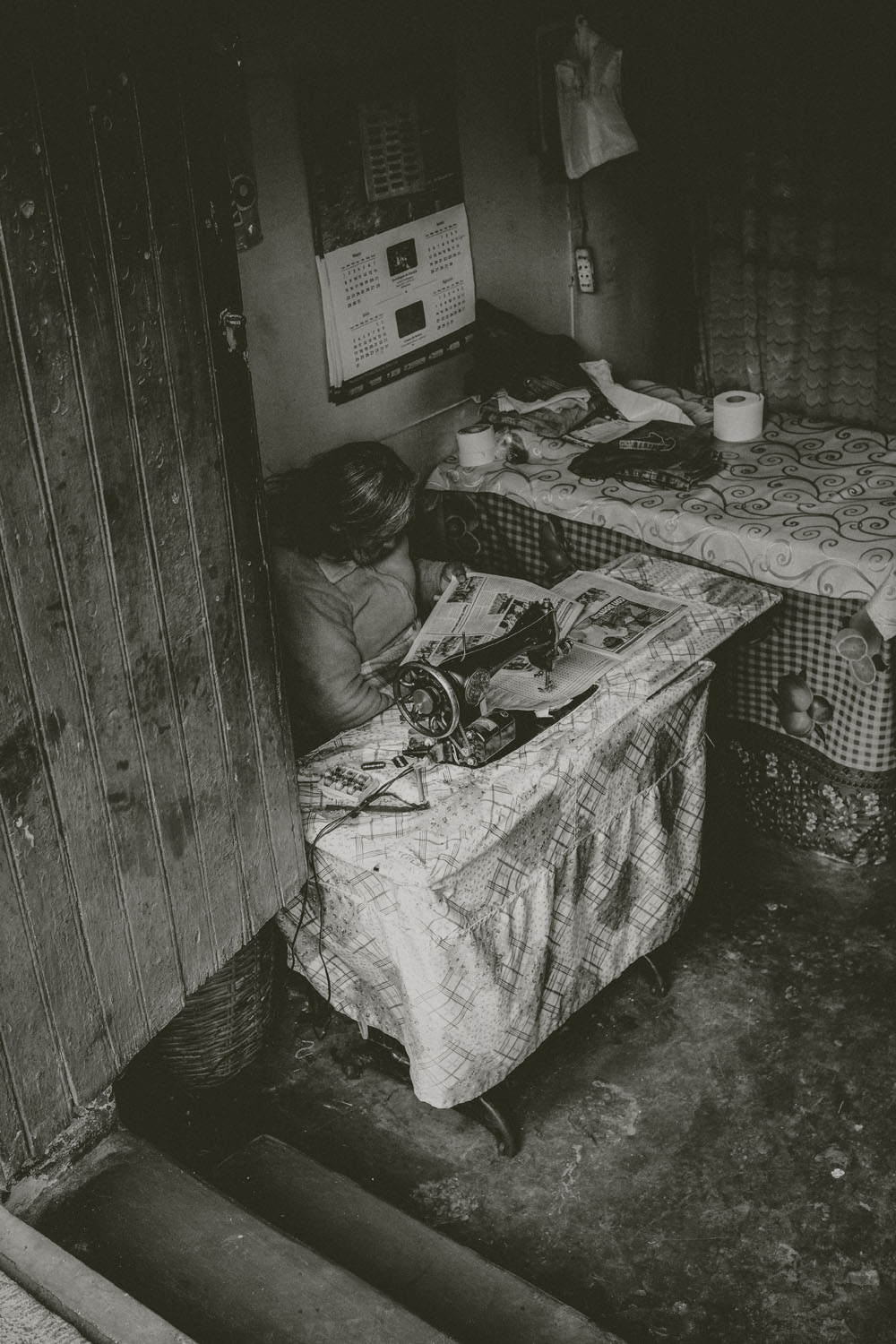
RIGHT: Fuji X-E4 . Fuji XF27mmF2.8 . F/5.0 . 1/210″ . ISO 2500
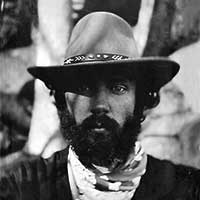
Mitch Meseke [ mess-key ] is an American freelance illustrator and storyboard artist, currently based in Black Mountain N.C. Meseke’s work spans from commercial to fine art, as well as writing, recording music, and photography.




